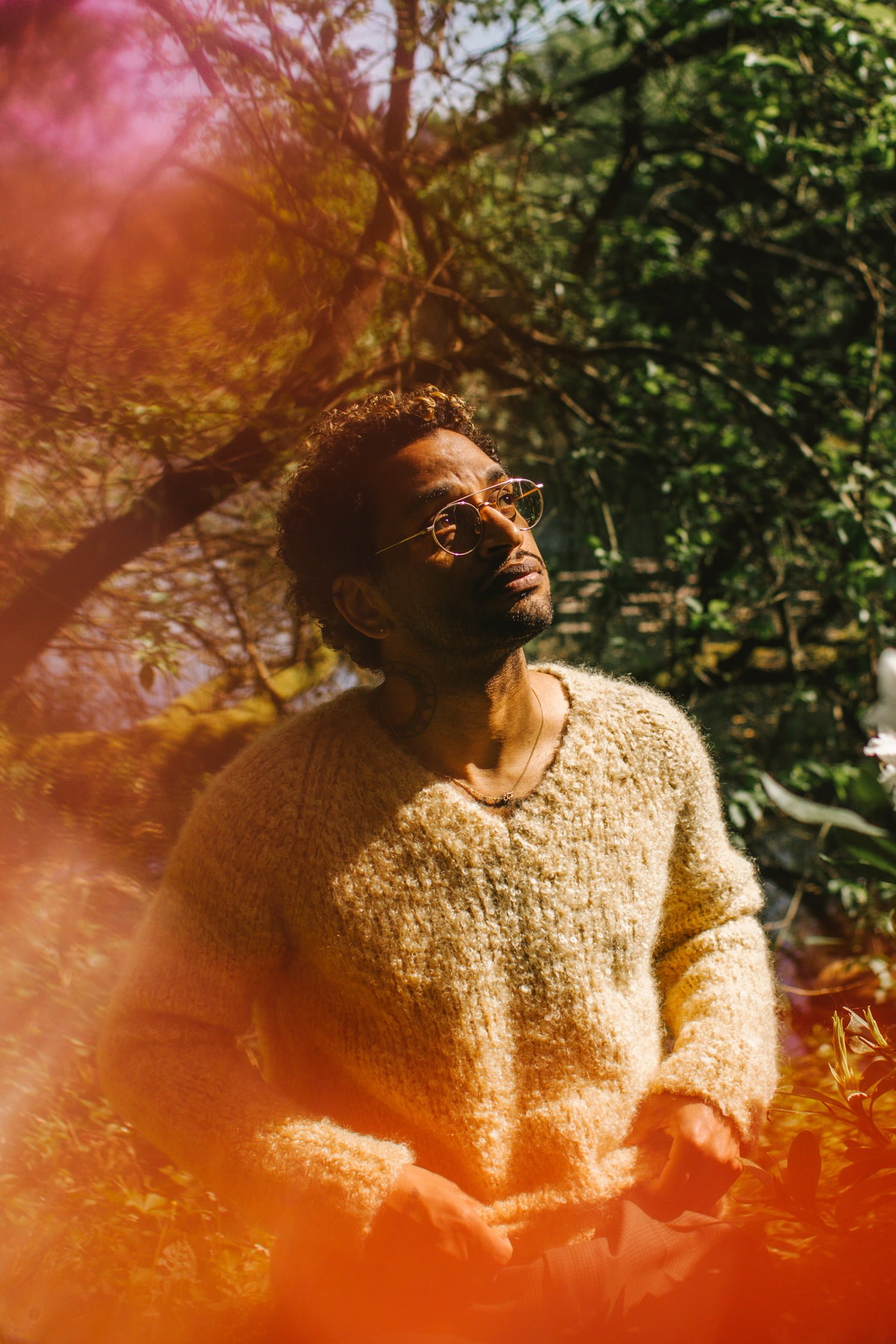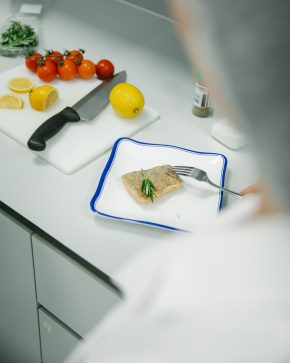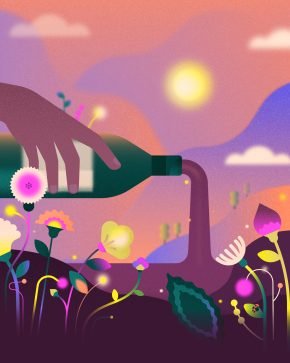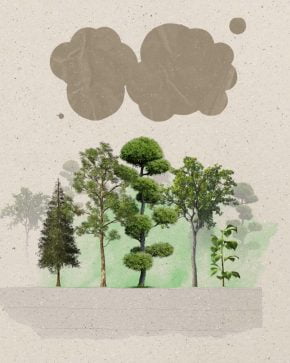5’s Everyday Changemaker Photo Contest is about celebrating the people making a difference, big or small, all over the world. Check out some of the stunning entries we’ve received.
5 received dozens upon dozens of entries for our Everyday Changemaker Photo Contest.
We’ve had photographs submitted from as far afield as Ecuador, Afghanistan, Australia and Albania, showing educators, activists, volunteers, family members and more.
The contest is now closed for entries, and the finalists have been announced. Check out all the finalists and vote for the winner of the 5 Community Prize here.
In the meantime here’s a selection of inspiring portraits from the initial shortlist.
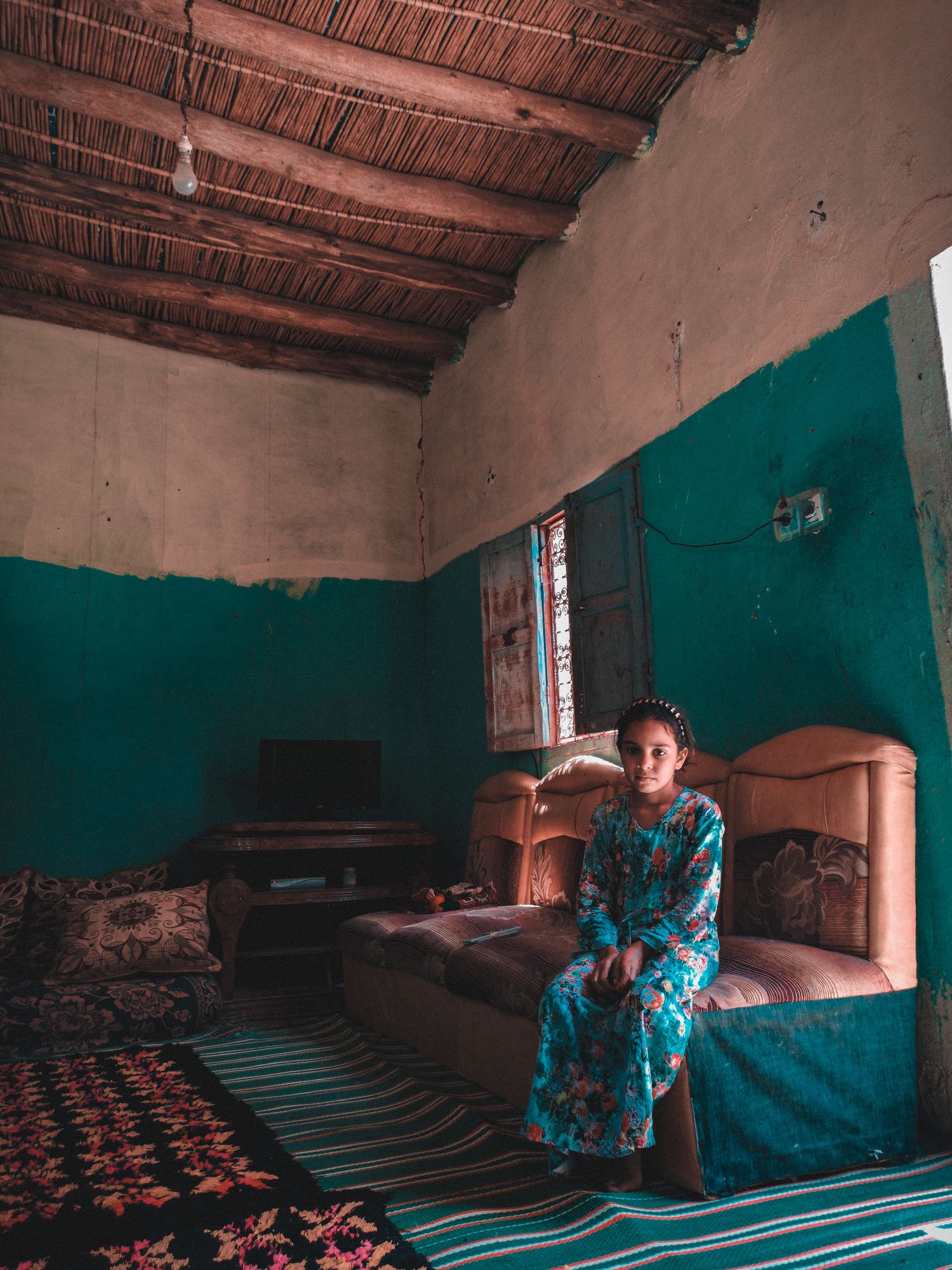
Charaf Lahib photographed Chaimae, a young girl living near El Kelaa des Sraghna in Morocco. She fits in school and homework around getting up early to milk the cow, and tending sheep.
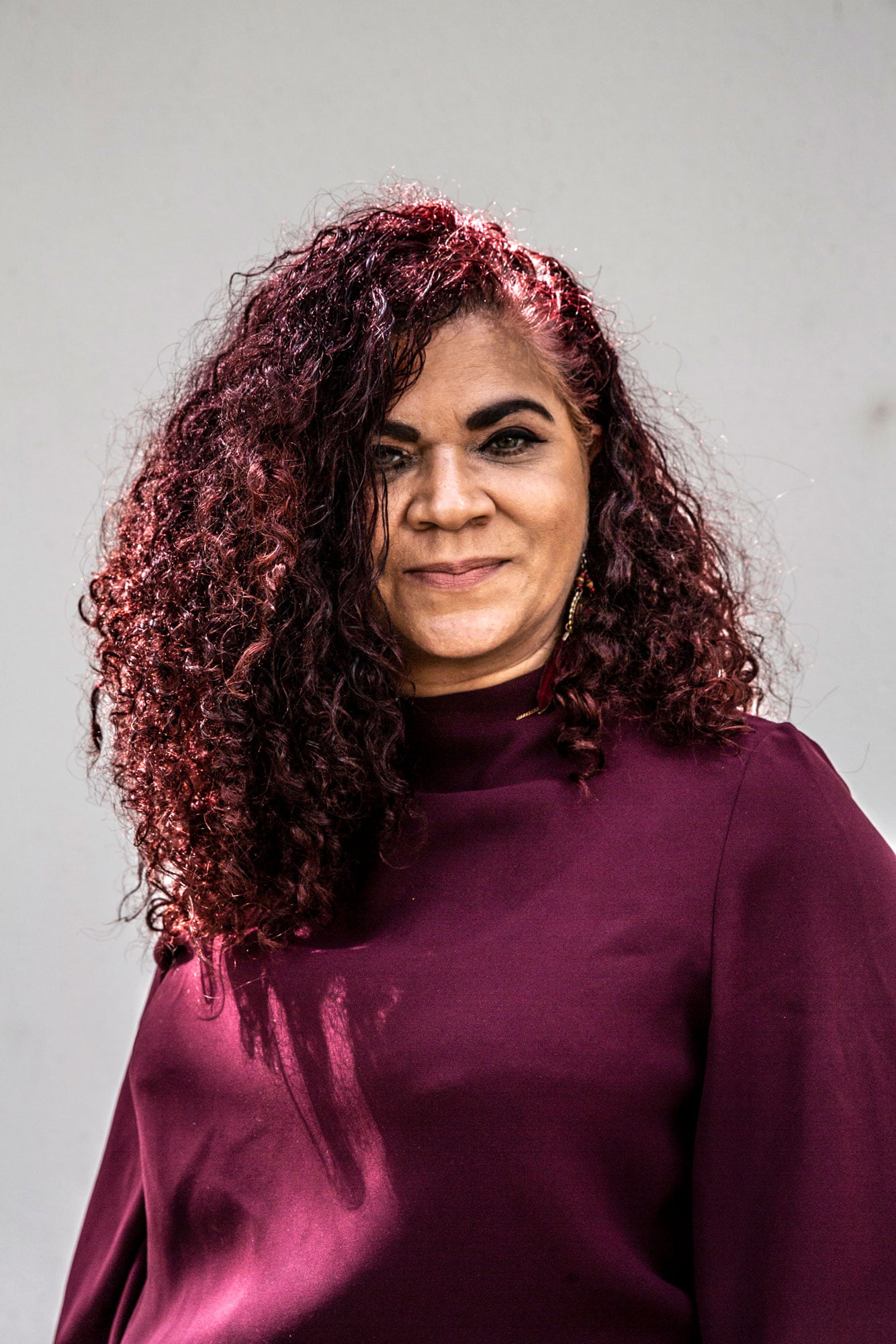
Angeniet Berkers photographed Sandra Salome, who is active with Black Lives Matter in the Netherlands. “I admire her strength and perseverance because this journey is not easy at all,” says Angeniet.
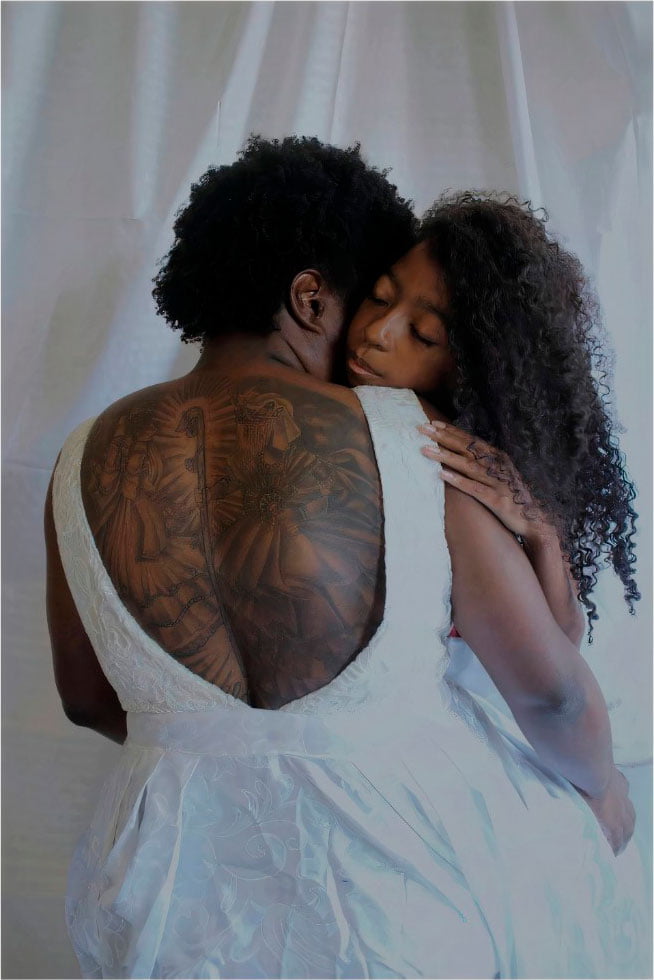
Maysa Leite photographed her family. She says: “Our first social institution, the reason that makes us get up and want to be better every day. It’s as if it were part of our air or a supporting pillar.”
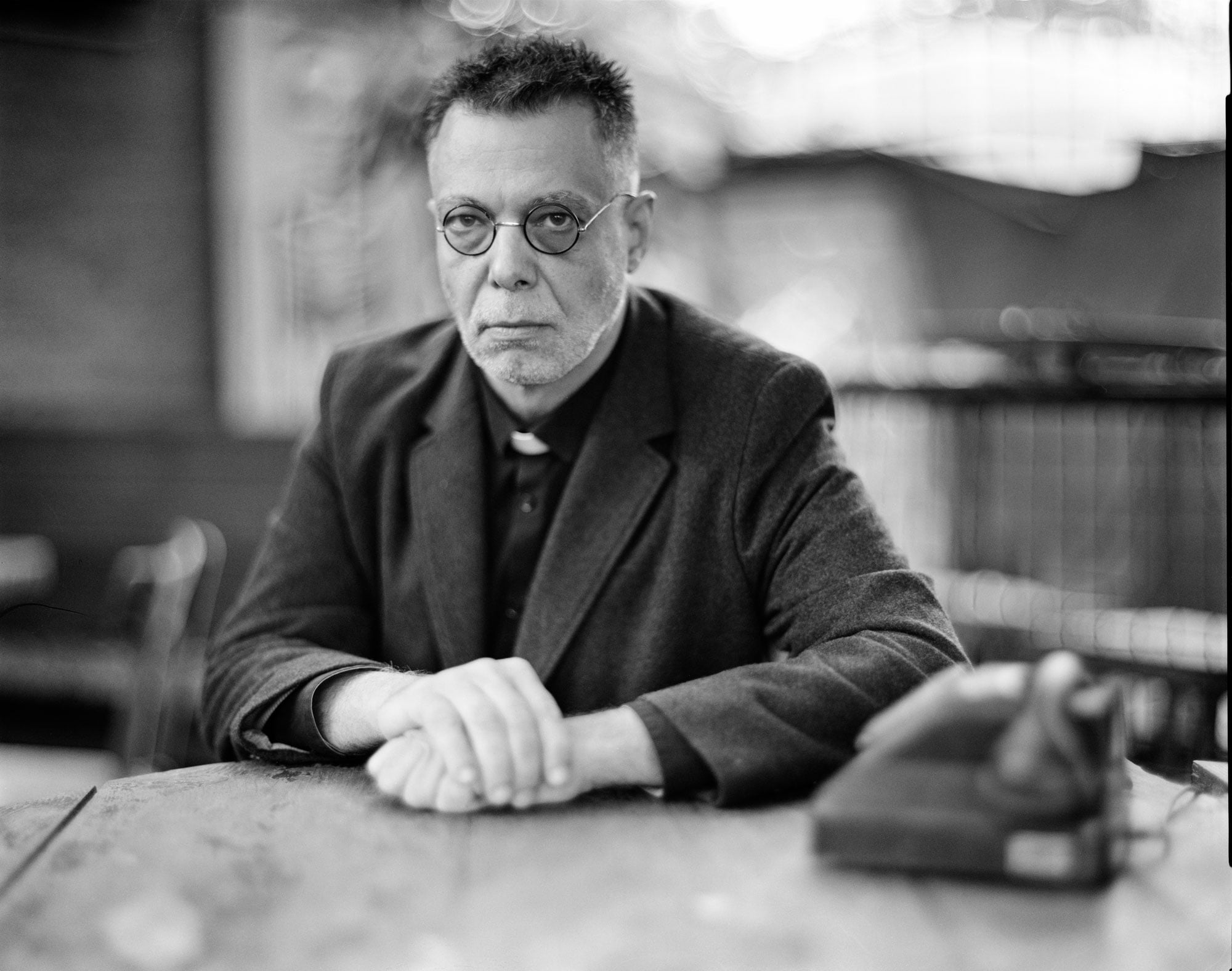
Braca Nadezdic photographed the Serbian-Portuguese writer Dejan Tiago-Stankovic.
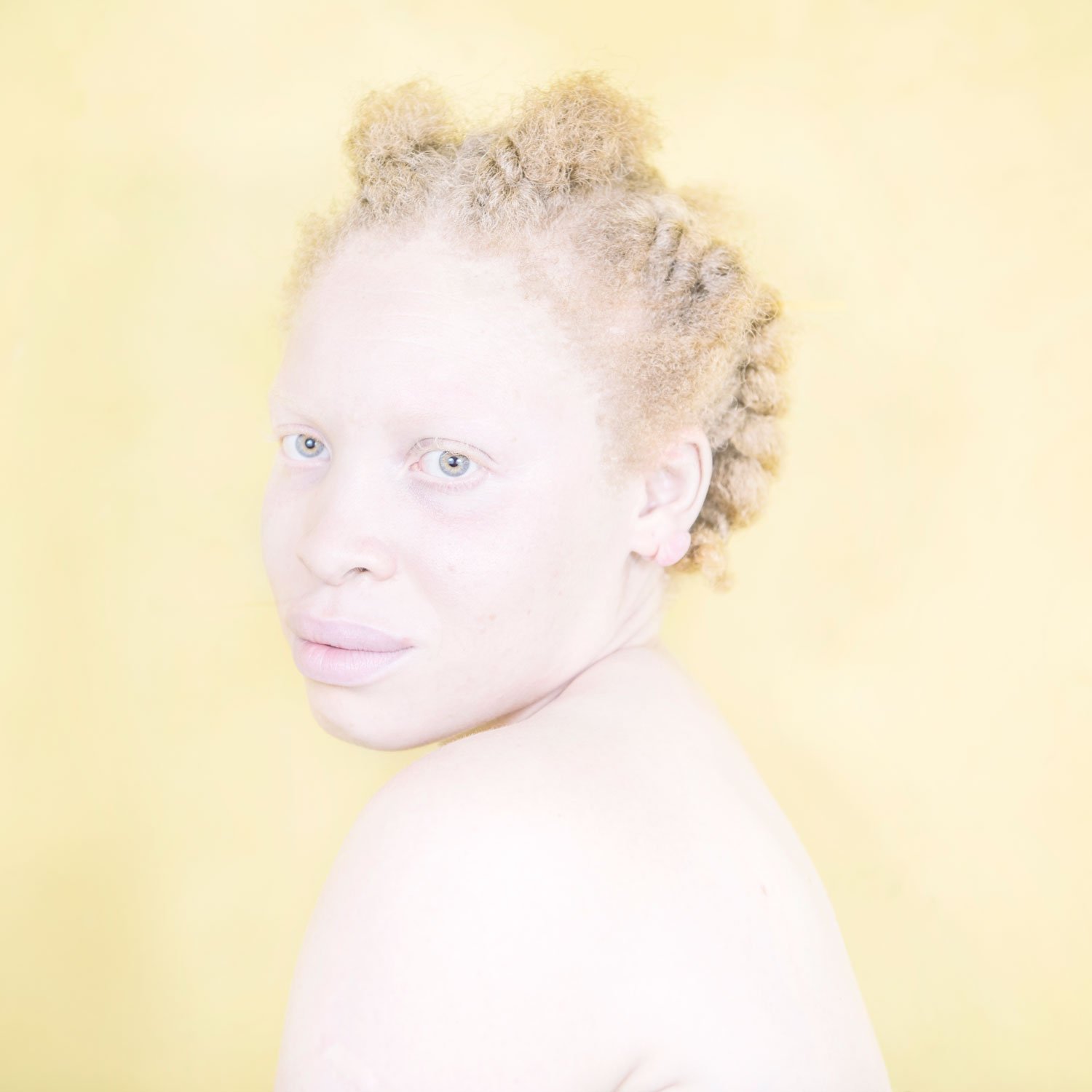
Sanne de Wilde photographed Coco, creator of ‘The Albimazing Network’ a safe space for people living with albinism to connect and share their stories. She is a powerful storyteller, channeling her own experiences to empower others.
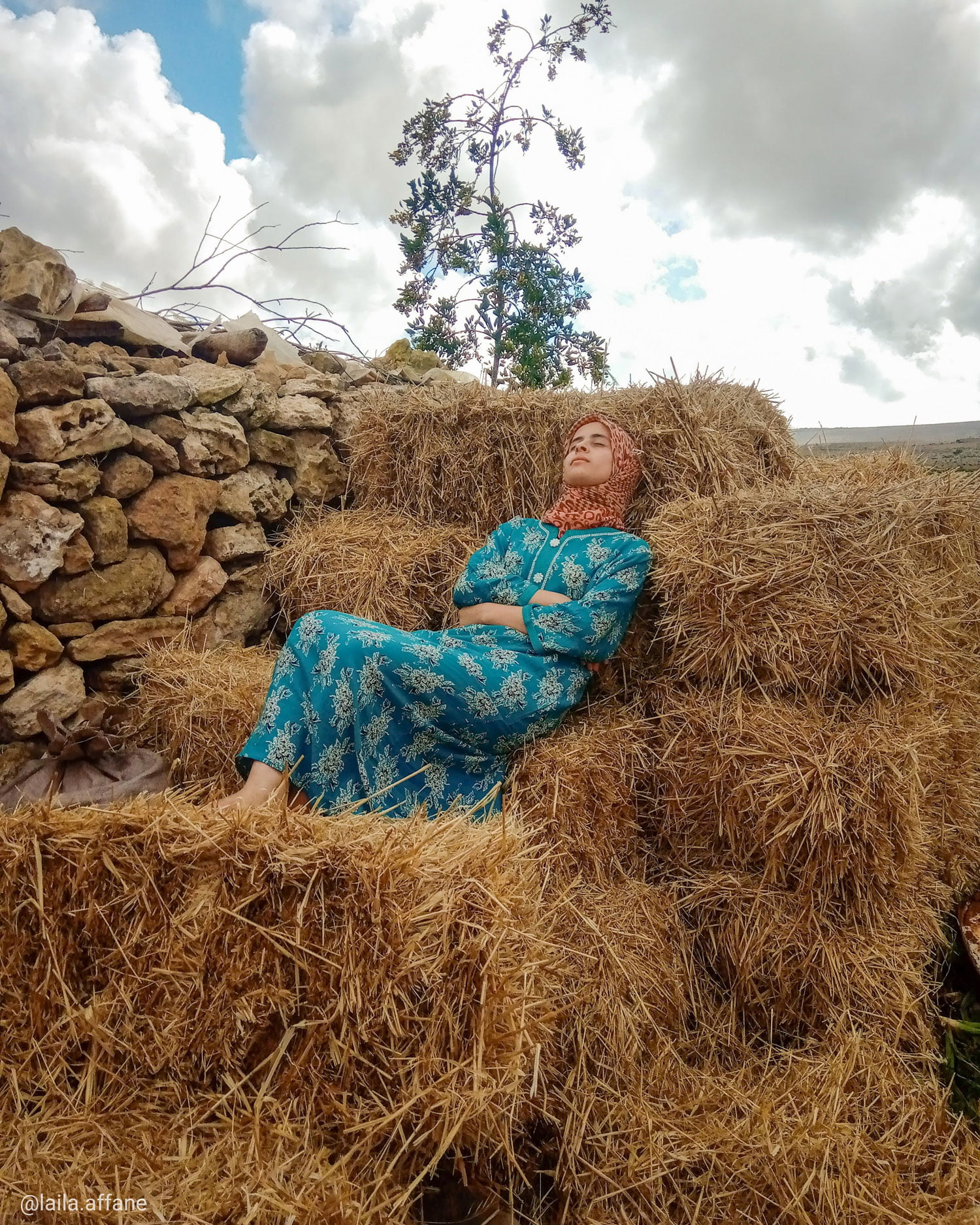
Moroccan photographer Laila Affane captured Leila Affane finding a moment of calm in a busy life.
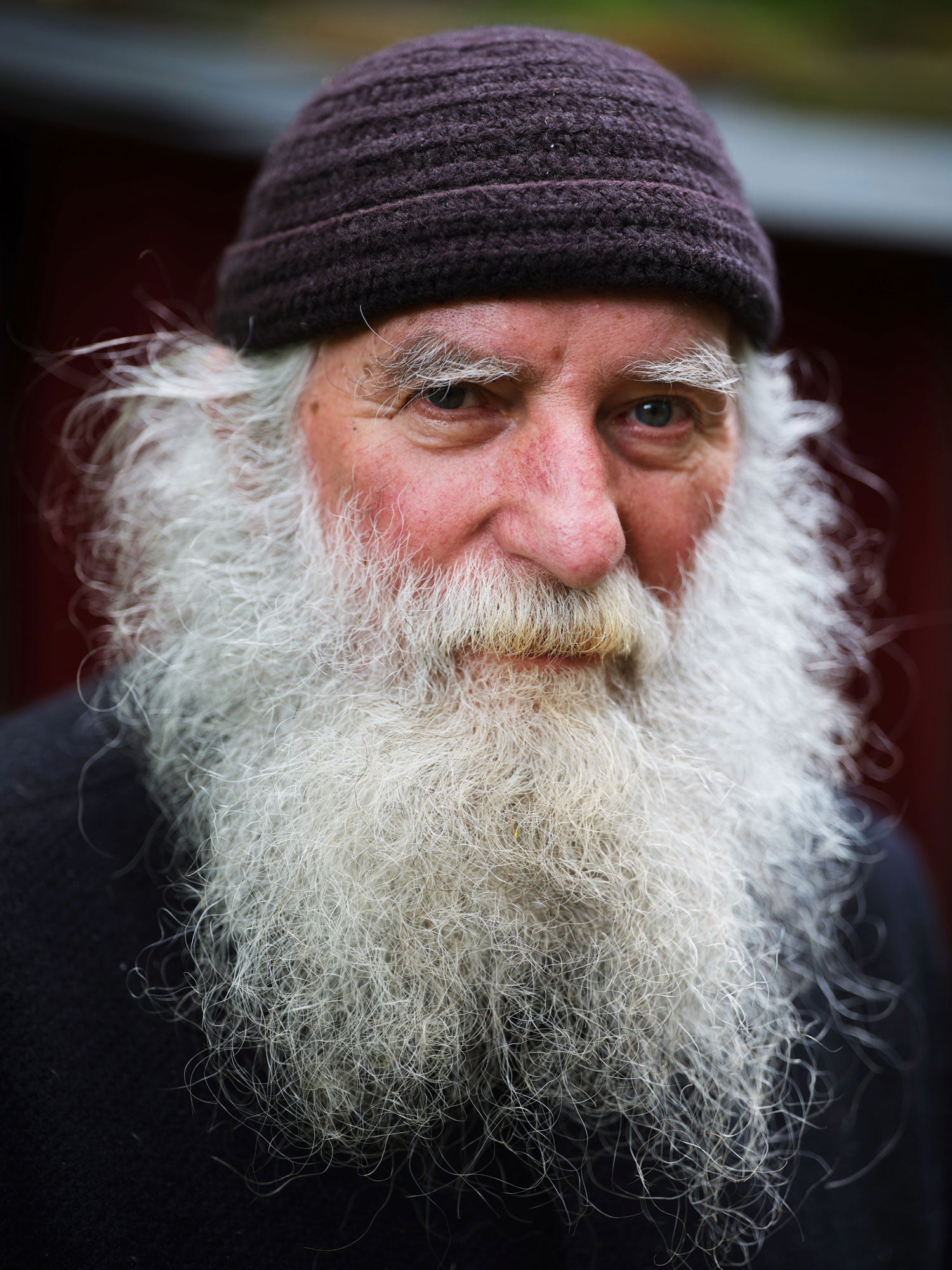
Photography student Nick Ponsioen photographed Jozef van den Berg, a Dutch puppeteer, stage writer and actor who became a hermit in response to a “call from God”, and now lives alone in a hut made from props he used in his shows, often welcoming visitors and sharing advice.
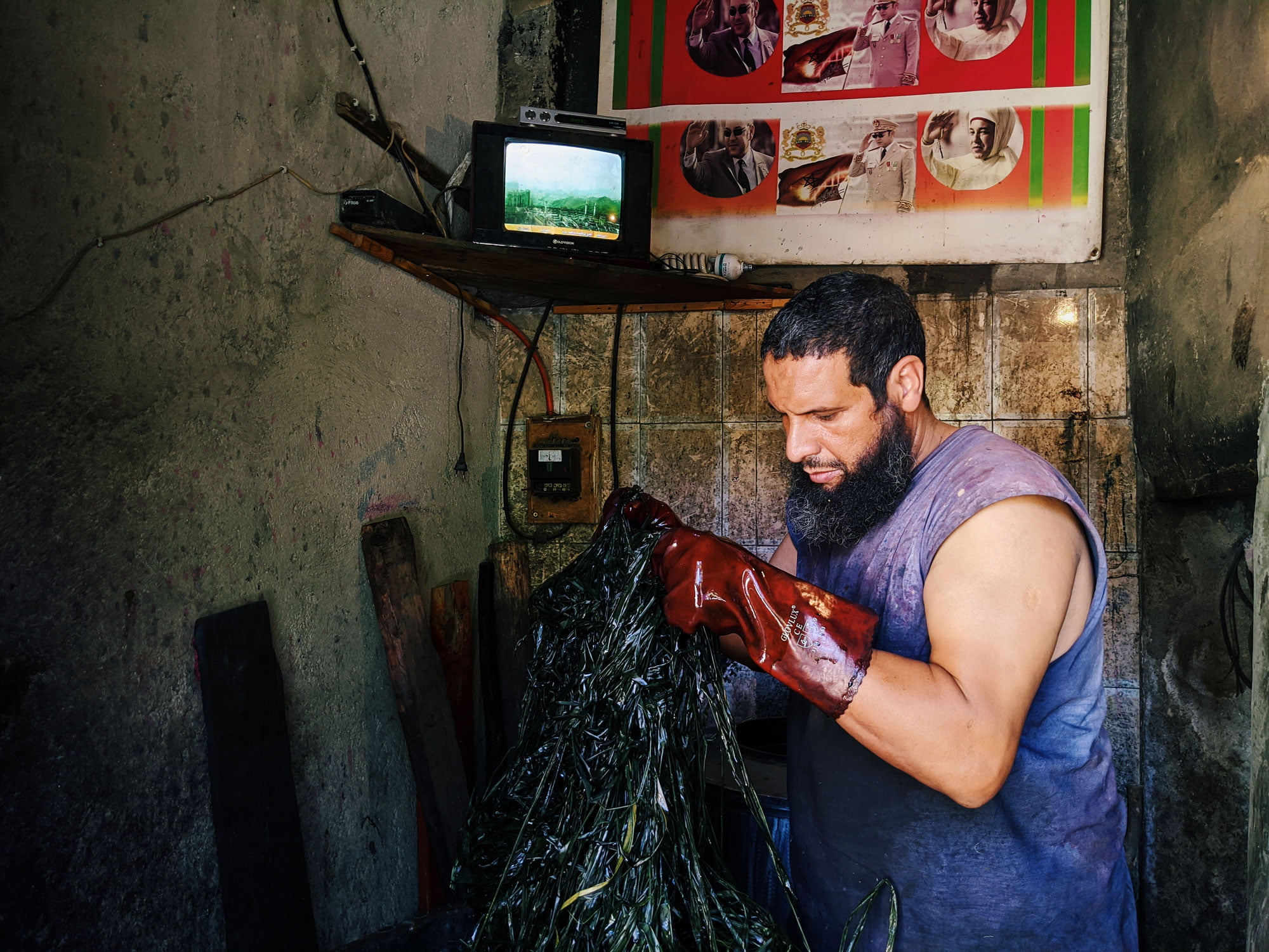
Tabit Rida photographed Mohamed LouLou, one of a handful of artisans still practising the traditional textile dying craft in Marrakech. He is pictured here returning to his workshop after having to abandon it due to coronavirus, which resulted in tonnes of valuable fabric being left to rot.
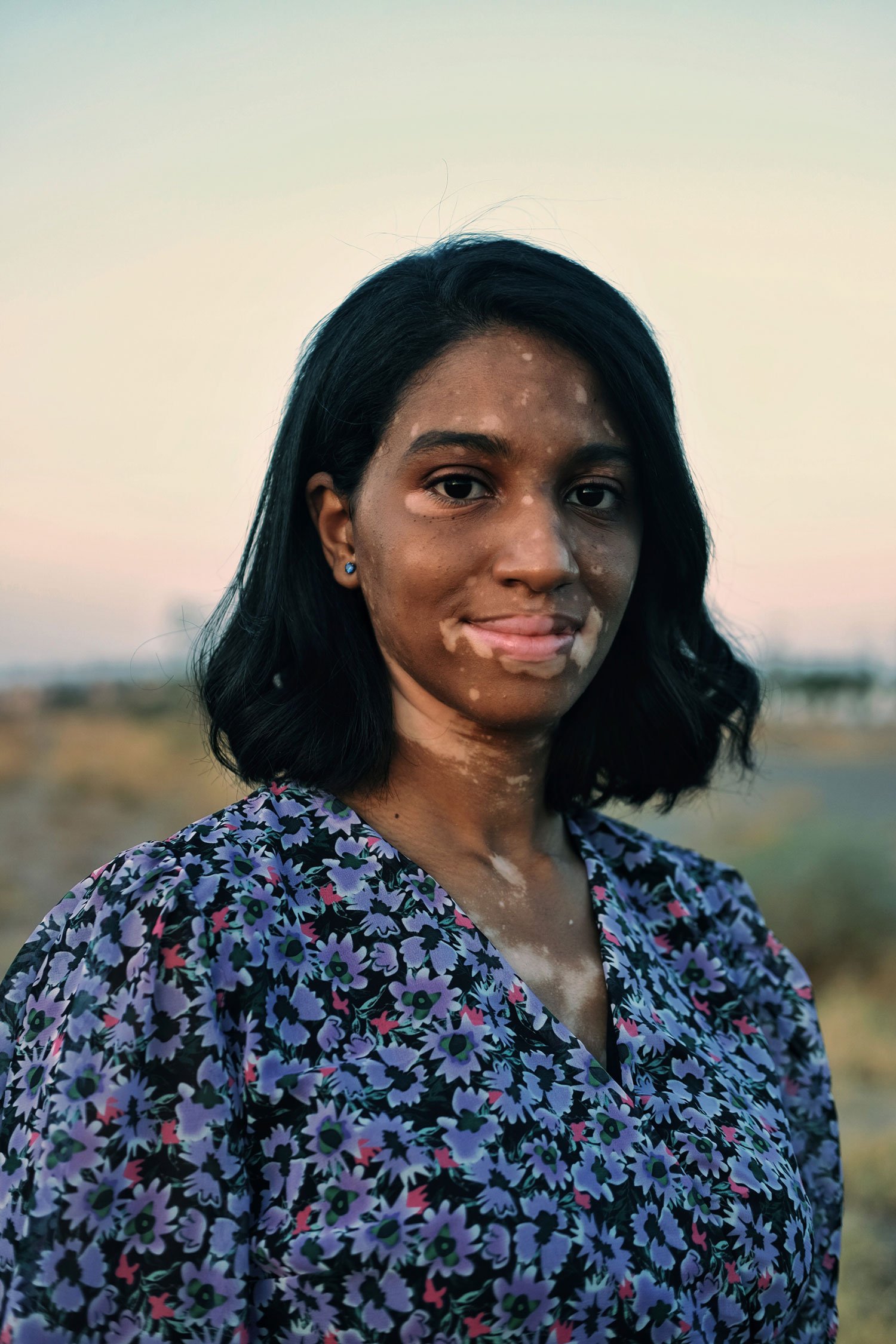
Salaheddine El Bouaaichi photographed Salma Hajjam, who was diagnosed five years ago with the skin condition vitiligo, and has had to learn to live with the gradual loss of skin colour. “Once I learned how to accept, love and embrace myself, I have found the joy of living again,” Salma says.

Sergey Podtsepko photographed Natalia Kotova, a doctor who lost her eyesight after being attacked by a patient who had taken a drug overdose. Despite this and other long-term consequences of the attack, which left her in a coma, she has continued to practice medicine and defended her dissertation on immunology.
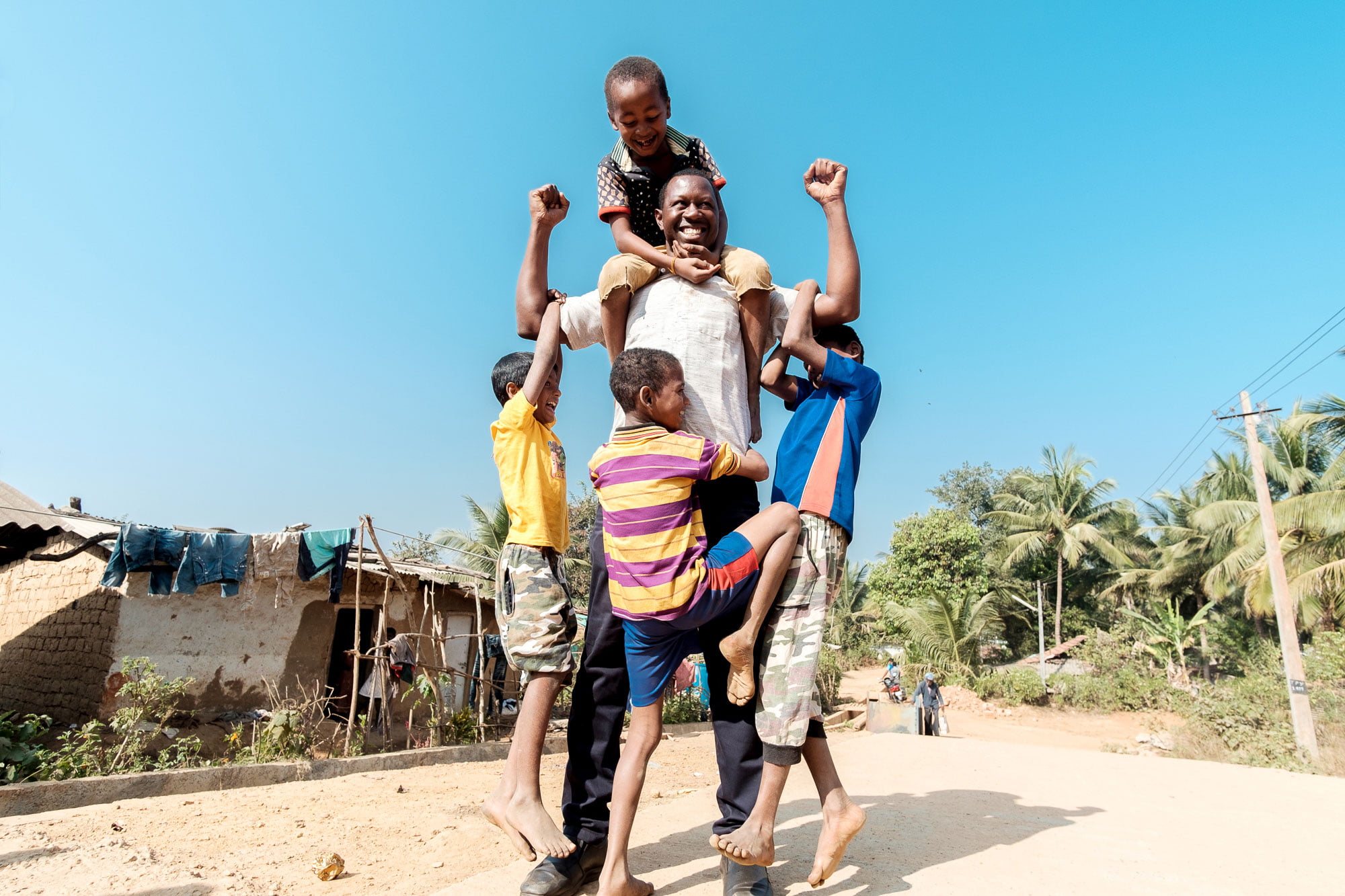
Saurabh Narang photographed Ramnath Siddi, a social activist with the Siddi community in Yellapur, India. The Siddi people are descended from African slaves, and face discrimination in India. Ramnath fights for the group’s rights and supports the community by teaching, looking after the elderly and protecting ancestral lands.
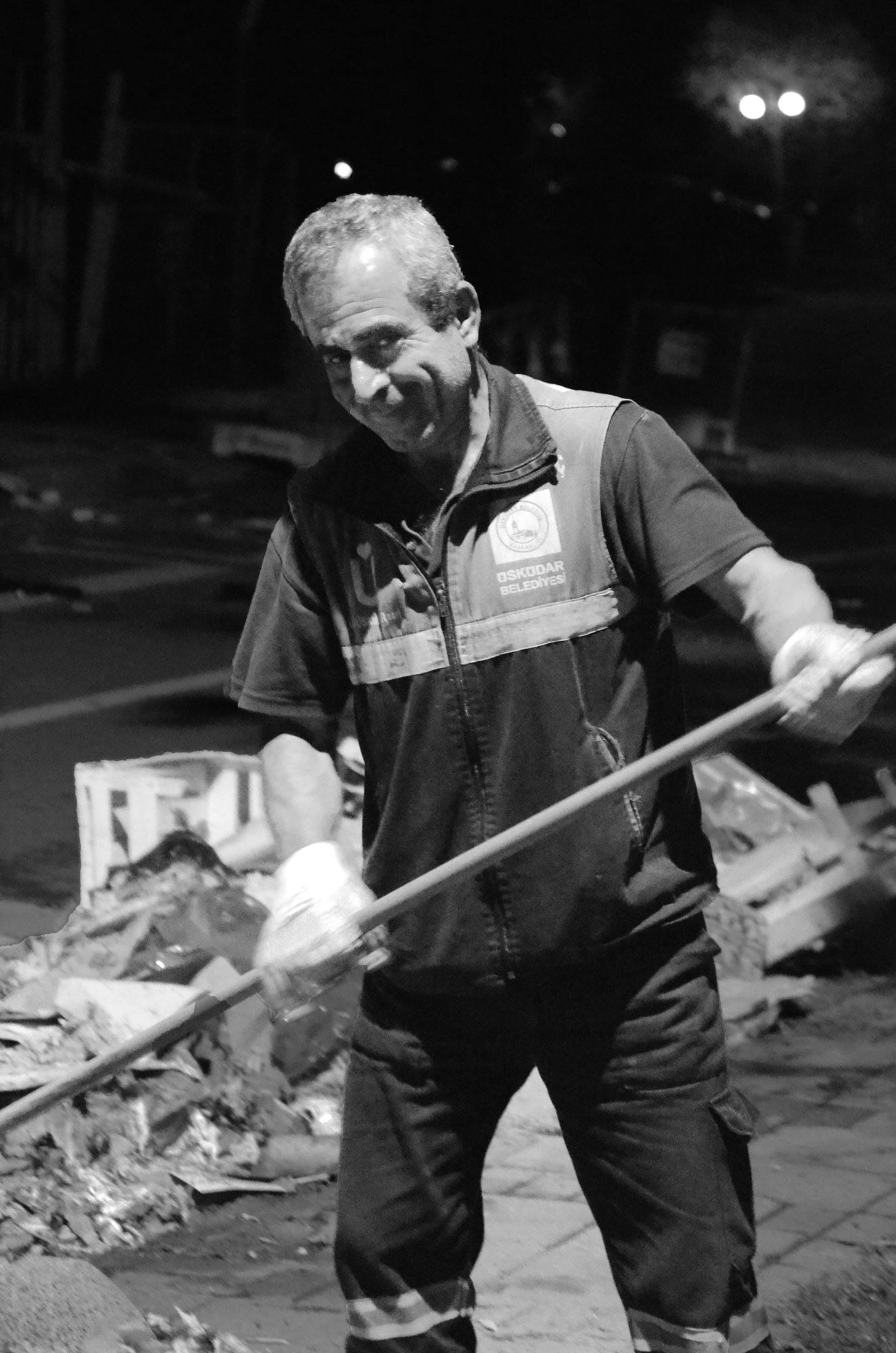
Hatice Kizilkaya photographed Mr Dursun, who she saw from her window, cleaning the street. “Everyone is changing the world – at least their world,” Hatice says.
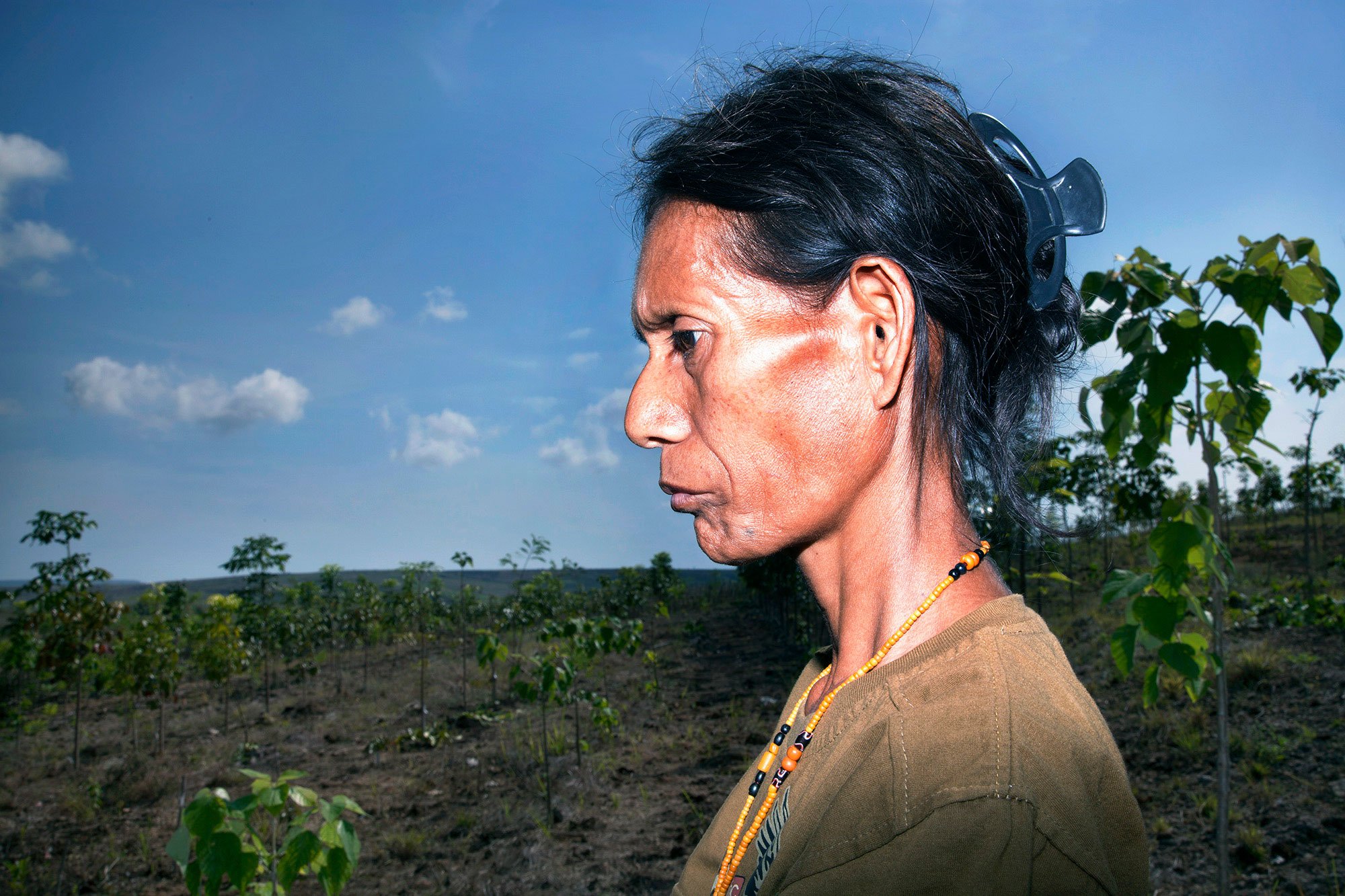
Ilana Rose photographed Annisa, a grandmother on the Indonesian island of Sumba, in a tree plantation that she and her community have planted so that they will have enough money to educate their children and grandchildren when the trees are harvested in 10 years time.
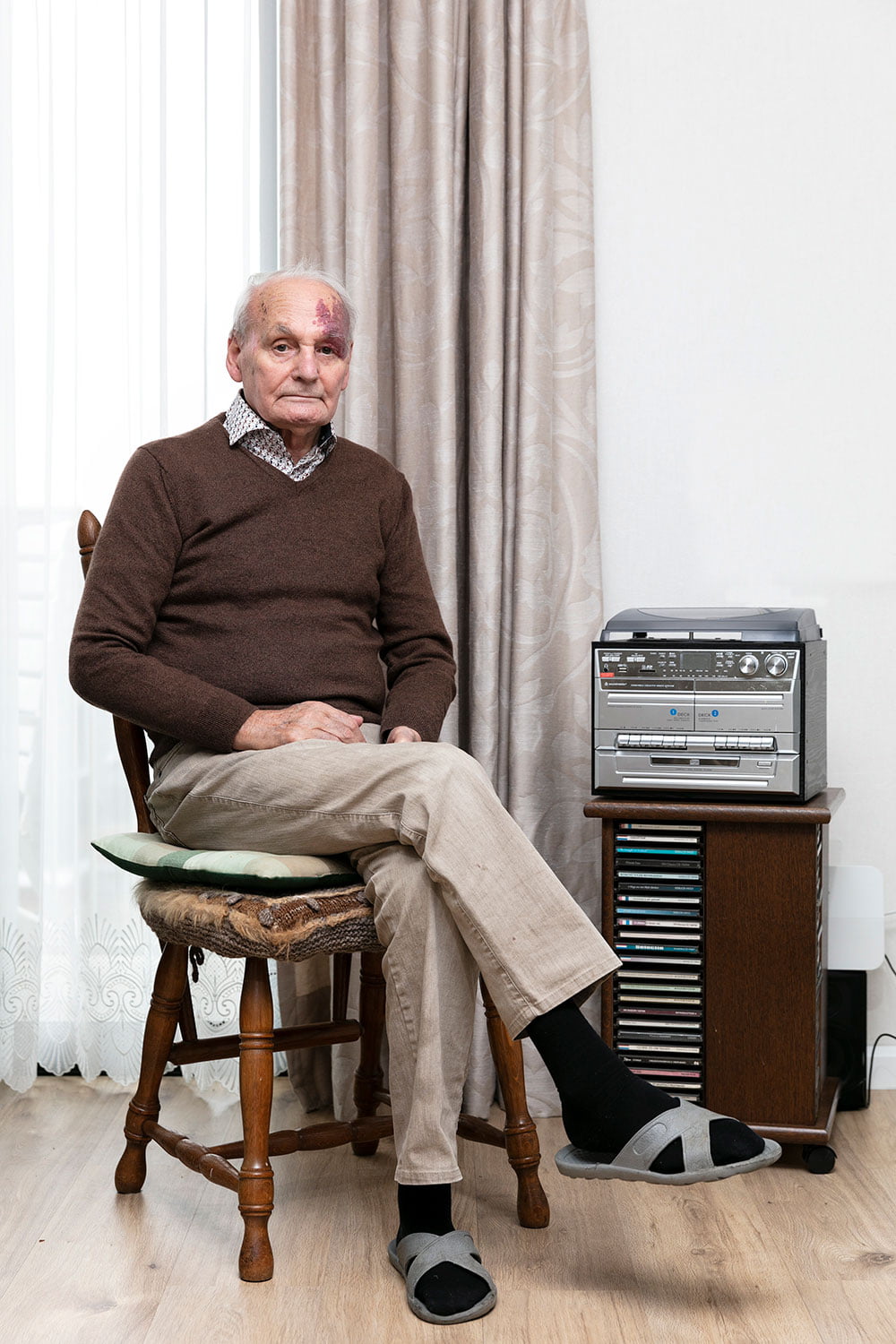
Gyselle Blokland photographed Mr Wilstra as part of a project about loneliness among the elderly. He loves to listen to music and read. “He and the 12 other residents, including my own dear grandmother, were the changemakers for me,” says Gyselle.
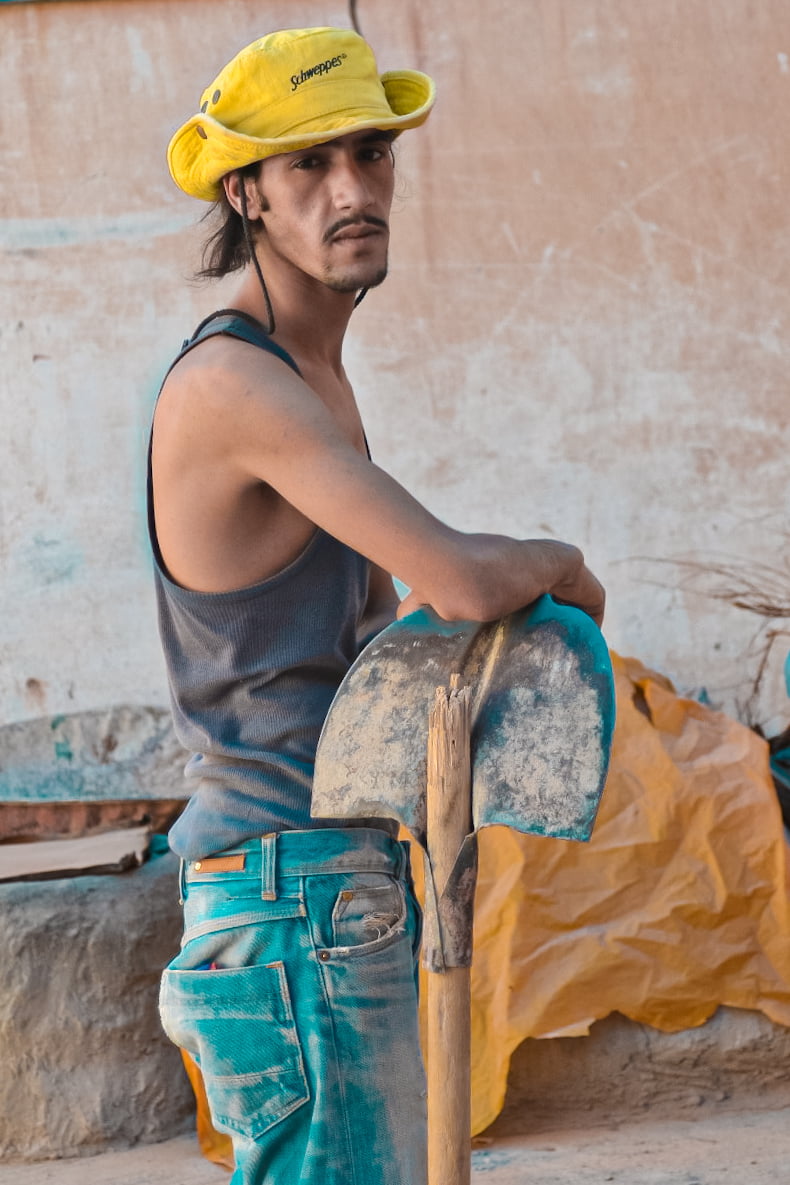
Khadija Erraghib photographed his brother while he was working. At that moment he was exhausted and asked me to photograph him as a souvenir of what he was doing.
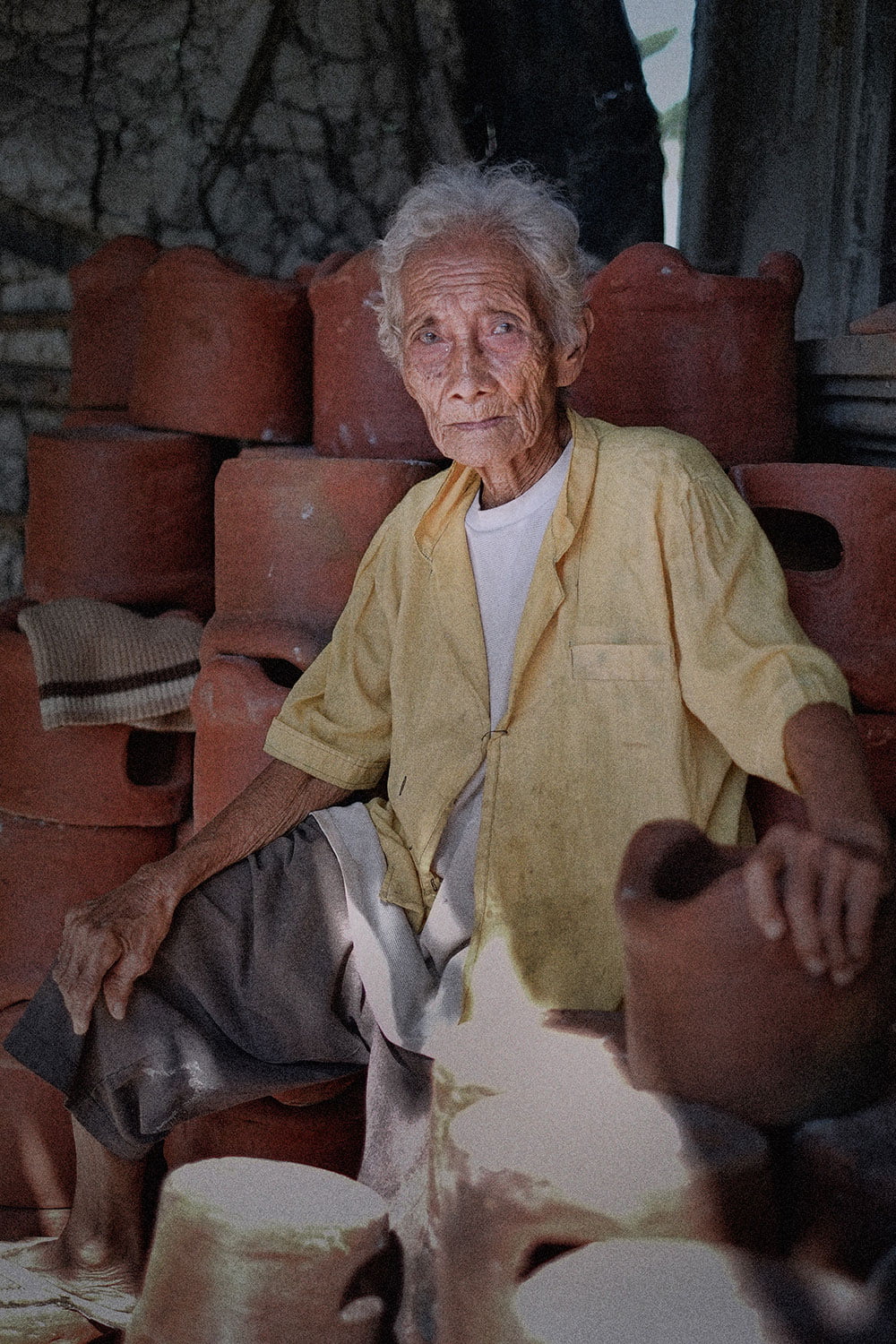
Dan A Reyes photographed Catalina Pabico, checking on a new batch of earth stoves outside her home in the Philippines. Now in her 90s, Lina has made these stoves her whole life, making enough money to send her children and grandchildren to school. She loves the work, and now oversees a team of other workers.
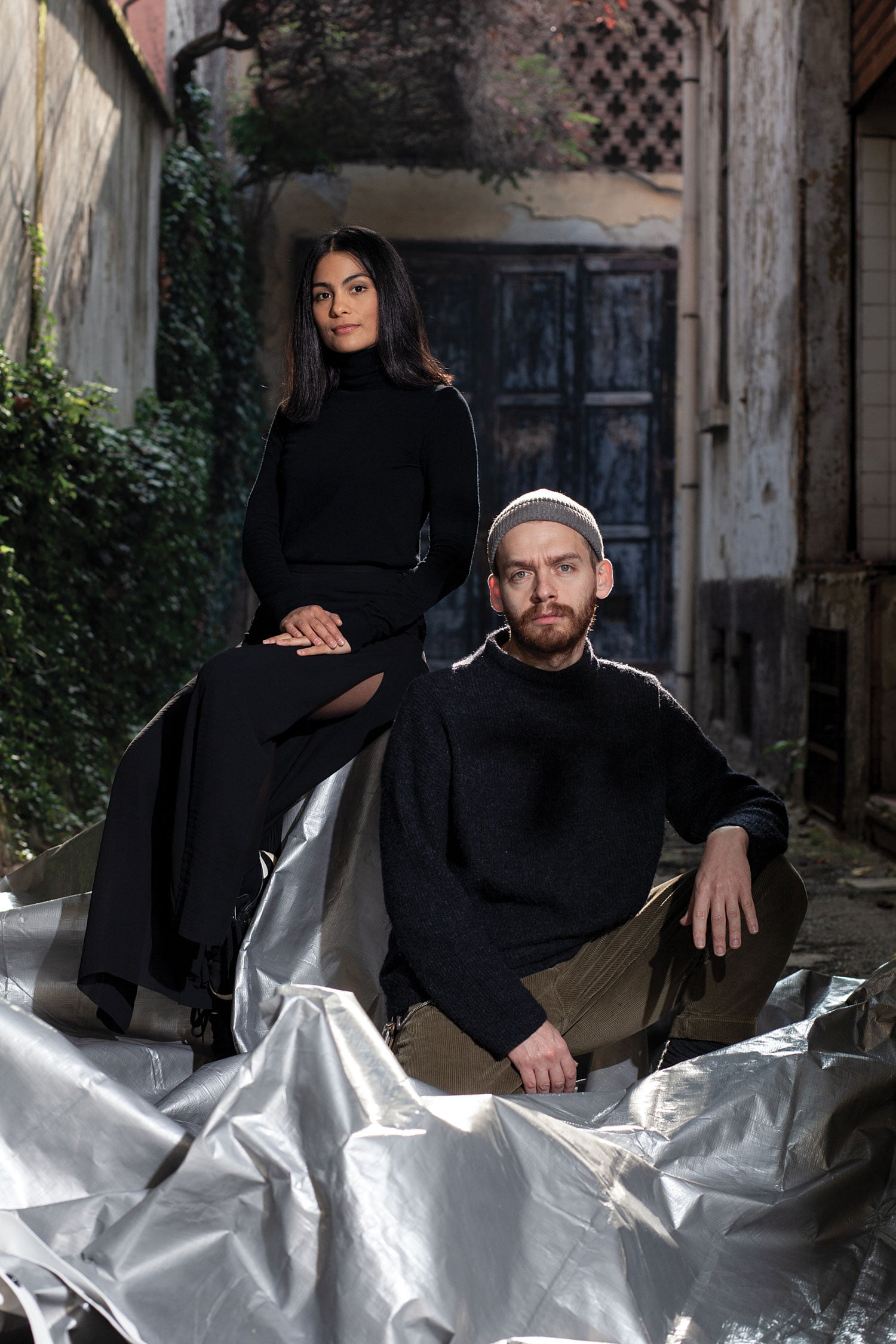
Davide di Tria photographed Cara Judd and Davide Gramatica, founders of Milan design studio CARA \ DAVIDE. Their unorthodox approach to design sets them apart. Instead of producing large numbers of products using industrial processes, they work with artisans or use semi-finished materials to produce their own limited editions.
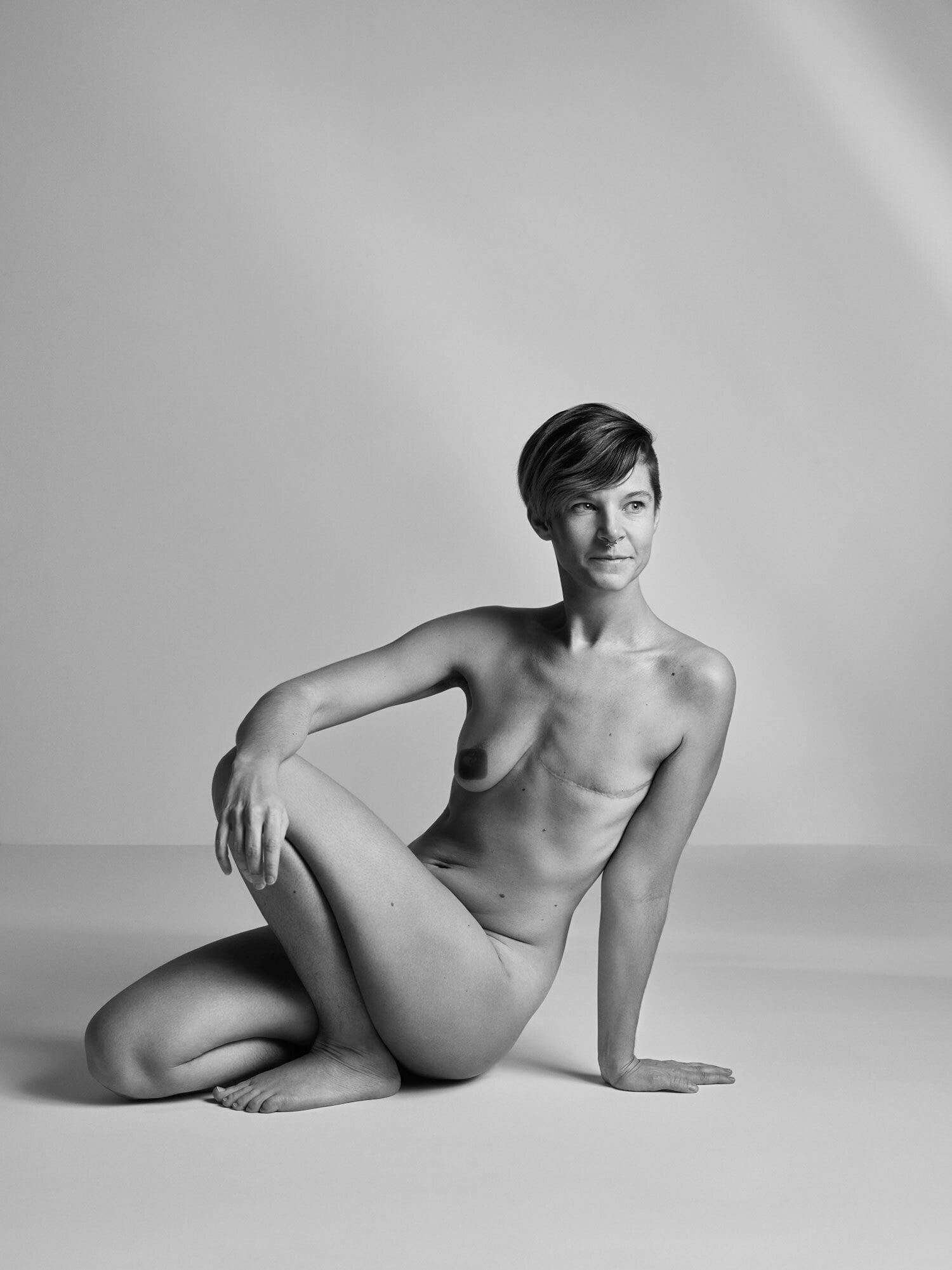
Anne Marie Jo photographed cancer survivor Trine Amazon. “Trine is an inspiration with her power and way of understanding how to live her life to the maximum every day,” says Anne Marie.
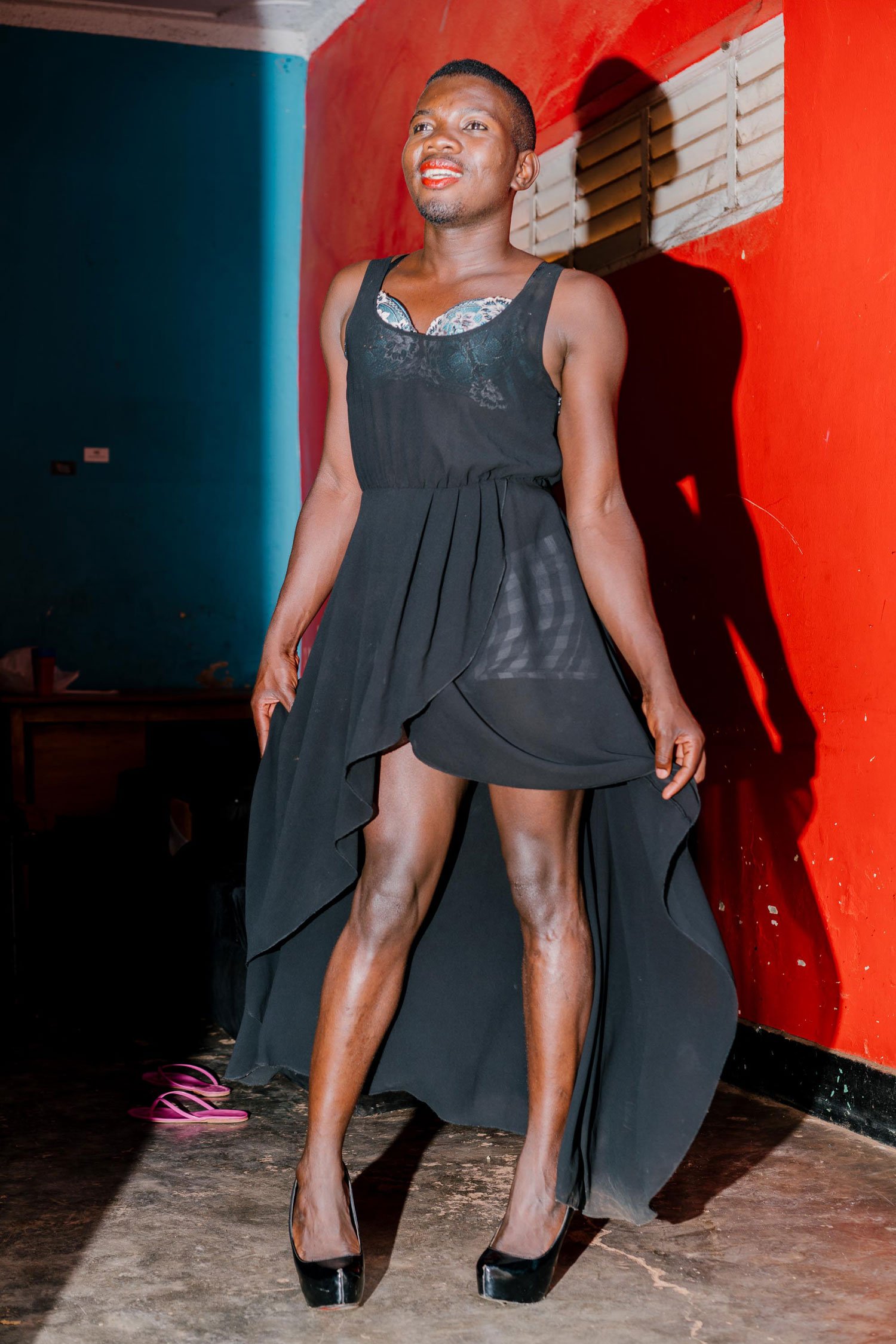
Jake Naughton photographed Hajjati, a transgender woman who founded Rainbow Mirrors Uganda, a grassroots trans sex work organisation in Kampala. She works hard to change the perception of queer people and especially trans people in the country.
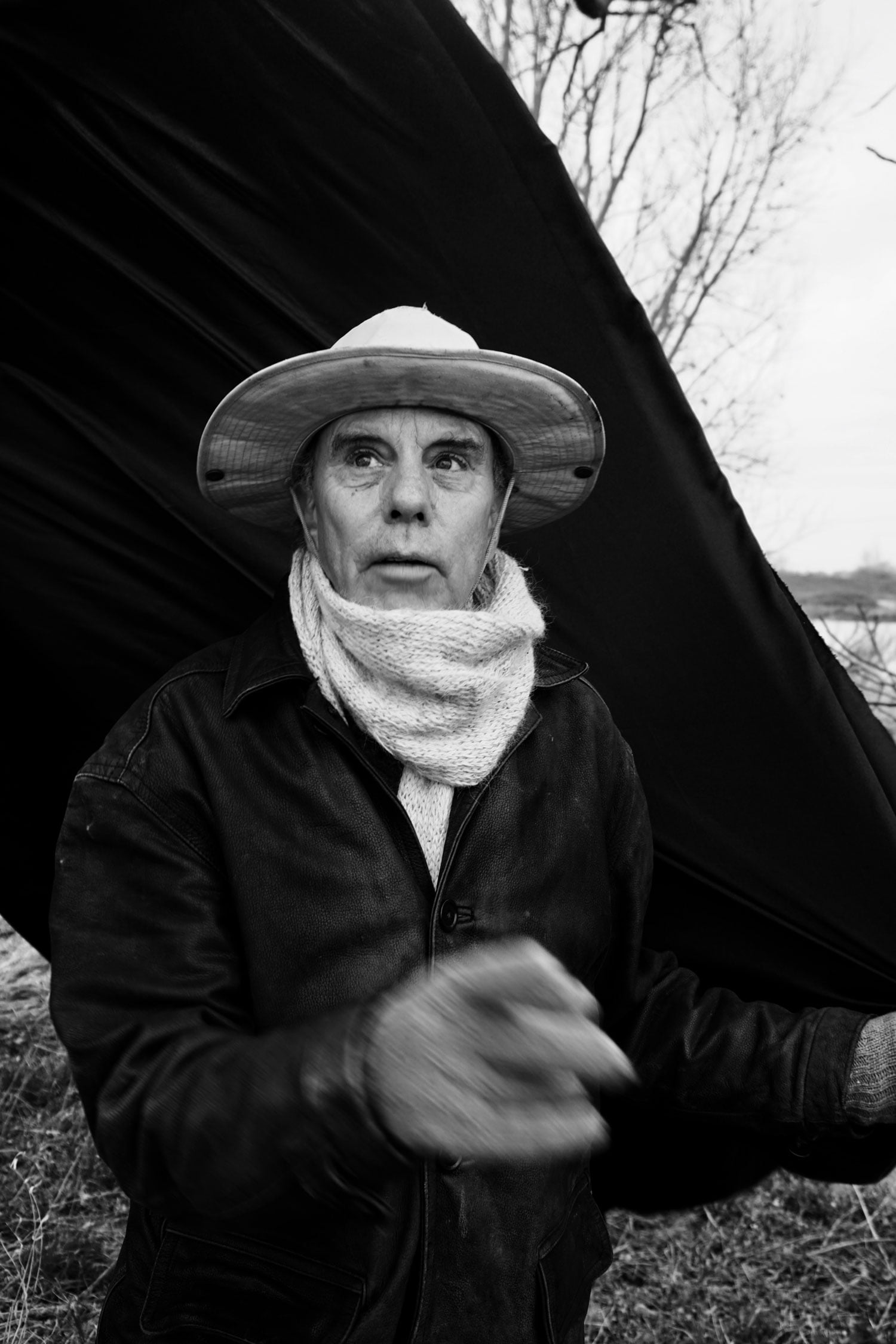
Marloes Heineke photographed Kasper Heineke, who takes children on adventure trips in the flood plains of Betuwe in the Netherlands. He teaches them how to cook pancakes over a fire, climb trees, row, swim and respect nature.

Aman Alam photographed KS Manjunath while documenting garment factory workers whose livelihoods have been hit by the Covid-19 pandemic. He lost his job supervising a garment factory, and ended up having to return to the factory floor to sew again. Aman says: “Rather than a story of despair, I found this more a story of resilience, more of a story of doing whatever it takes to provide for family.”
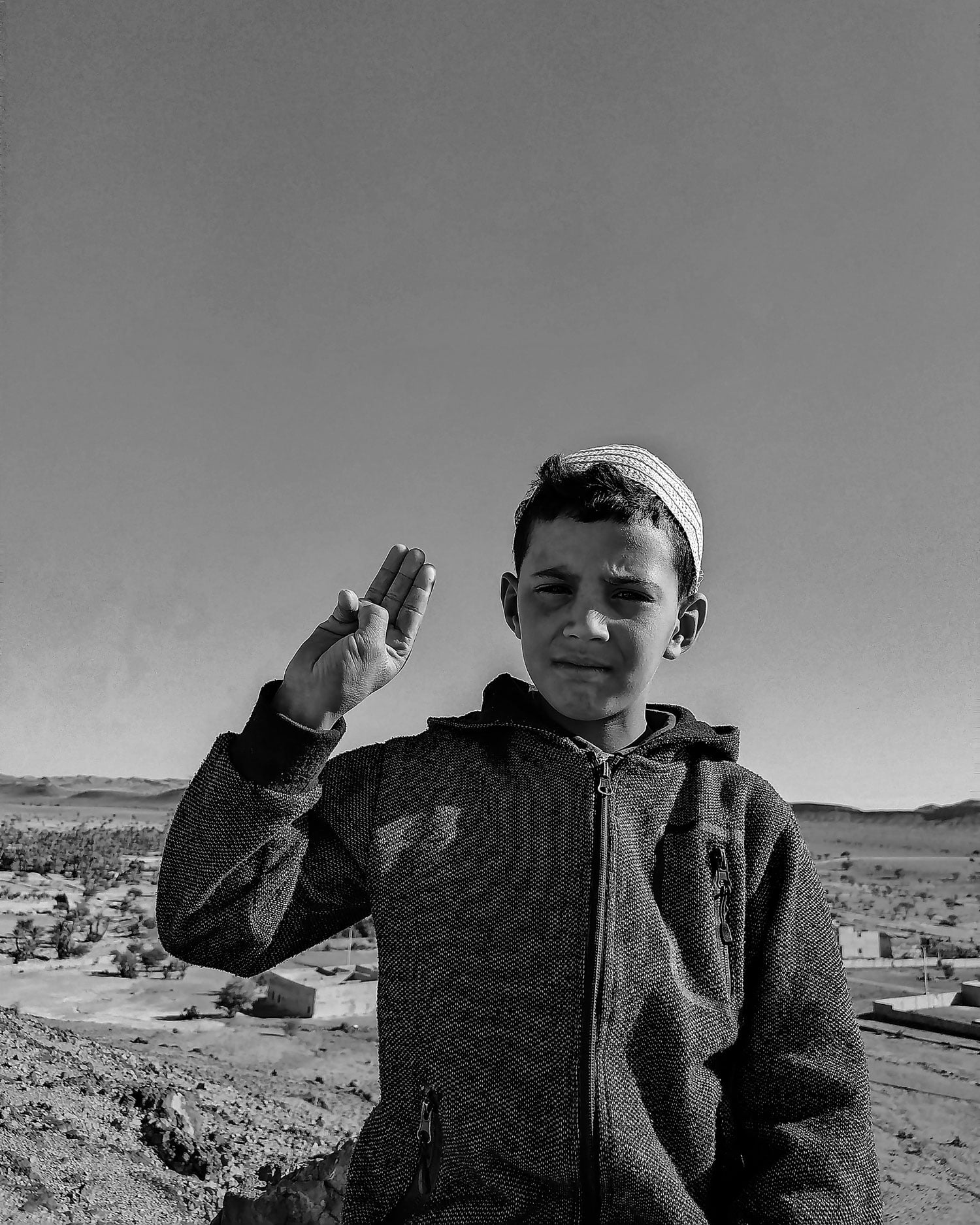
Errafid Nezha photographed 10-year-old Mehdi, who lives in a small village in Morocco. Nezha says: “His eyes are so wonderful, innocent… they tell us a very sad story, a life story full of sadness and suffering… also, his need to become a strong citizen, gaining his own identity, pride and self-esteem that will last on his journey through life.”
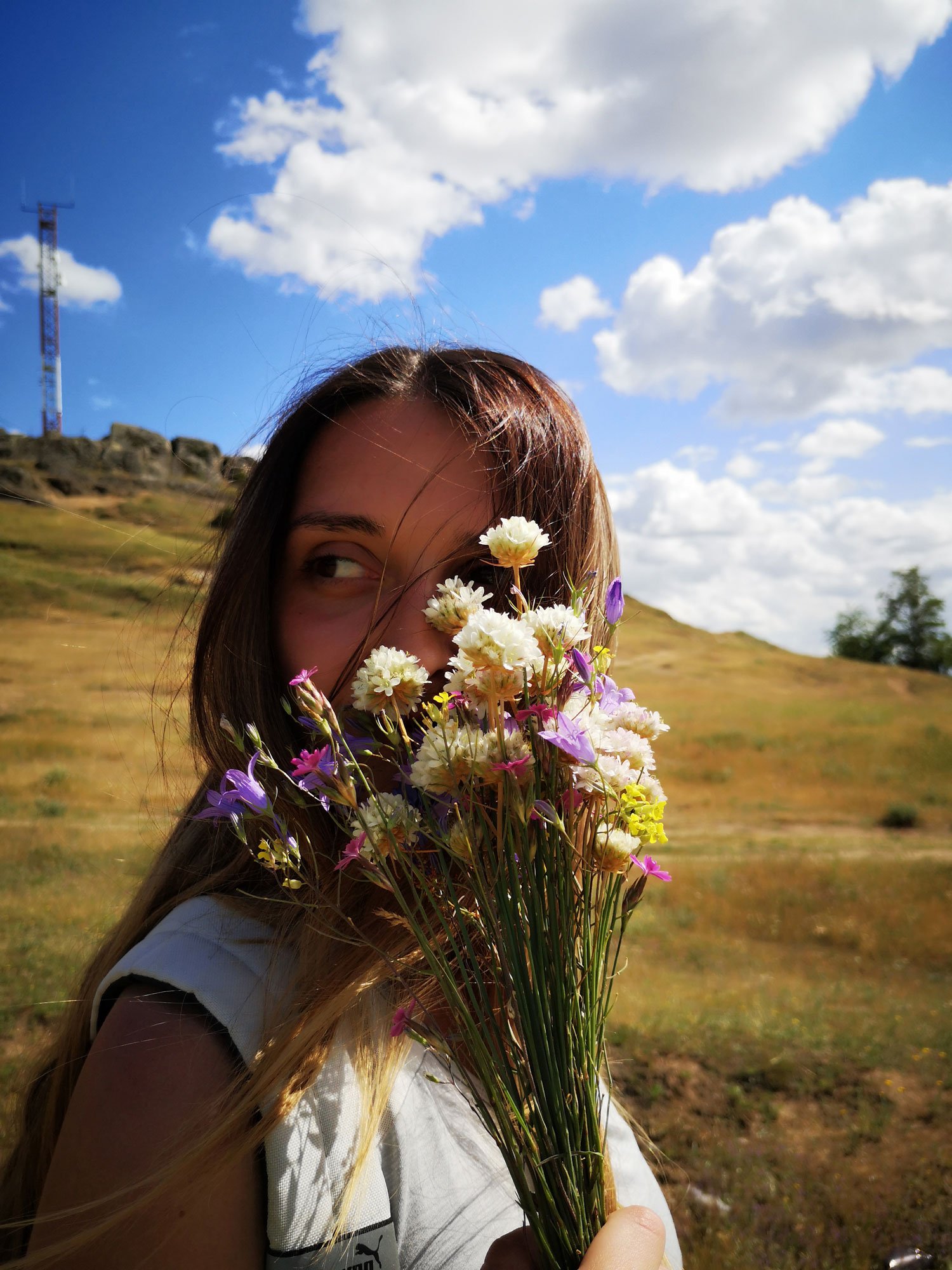
Alexander Taleski photographed Irina Tumbovska. He says: “If love doesn’t change you, what else can? It was autumn and I was climbing the highest peak in my country. It was rainy, foggy and windy. Suddenly, a girl slipped and fell into my arms and that was the moment I fell in love with her eyes. Nothing is the same since then.”

Sami Rahim entered this self-portrait. “I highlight self-reflection as the ultimate tool for building a gradual plan to achieve change,” he says.
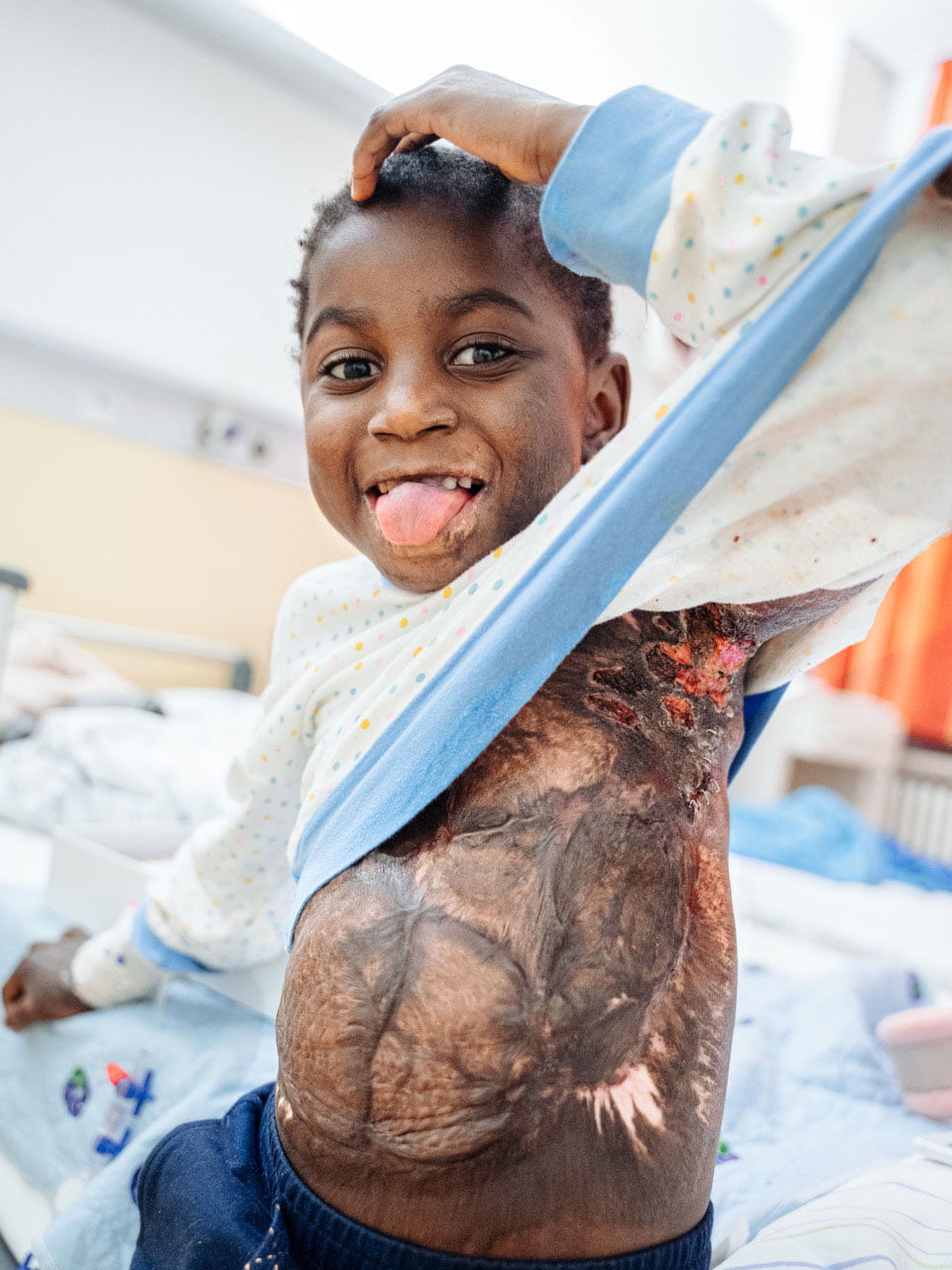
Sofieke van Bilsen photographed five-year-old Mariama from Gambia. After a pot of boiling water fell on her as a baby, she managed to get treatment overseas thanks to an online campaign. She now has no physical pain and will soon start school. She’s a girl “who with her smile, bravery and confidence can change anything she wants,” says Sofieke.
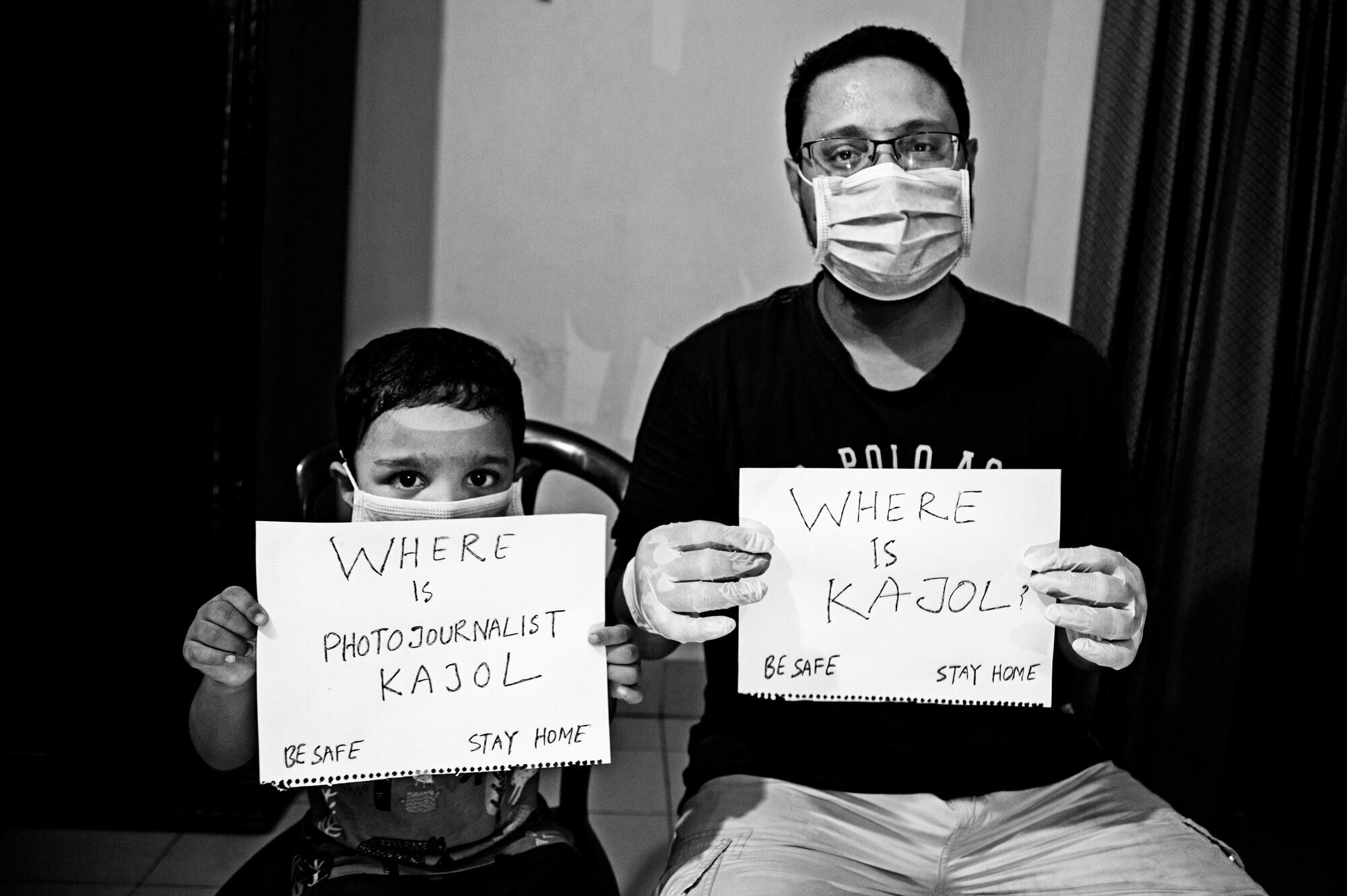
Mohammad Shahnewaz Khan took this self portrait of himself and his three-year-old child Hossain, as part of an online campaign to find a missing photojournalist who had reported on alleged corruption in Bangladesh (the journalist was later found alive and is currently in police custody).
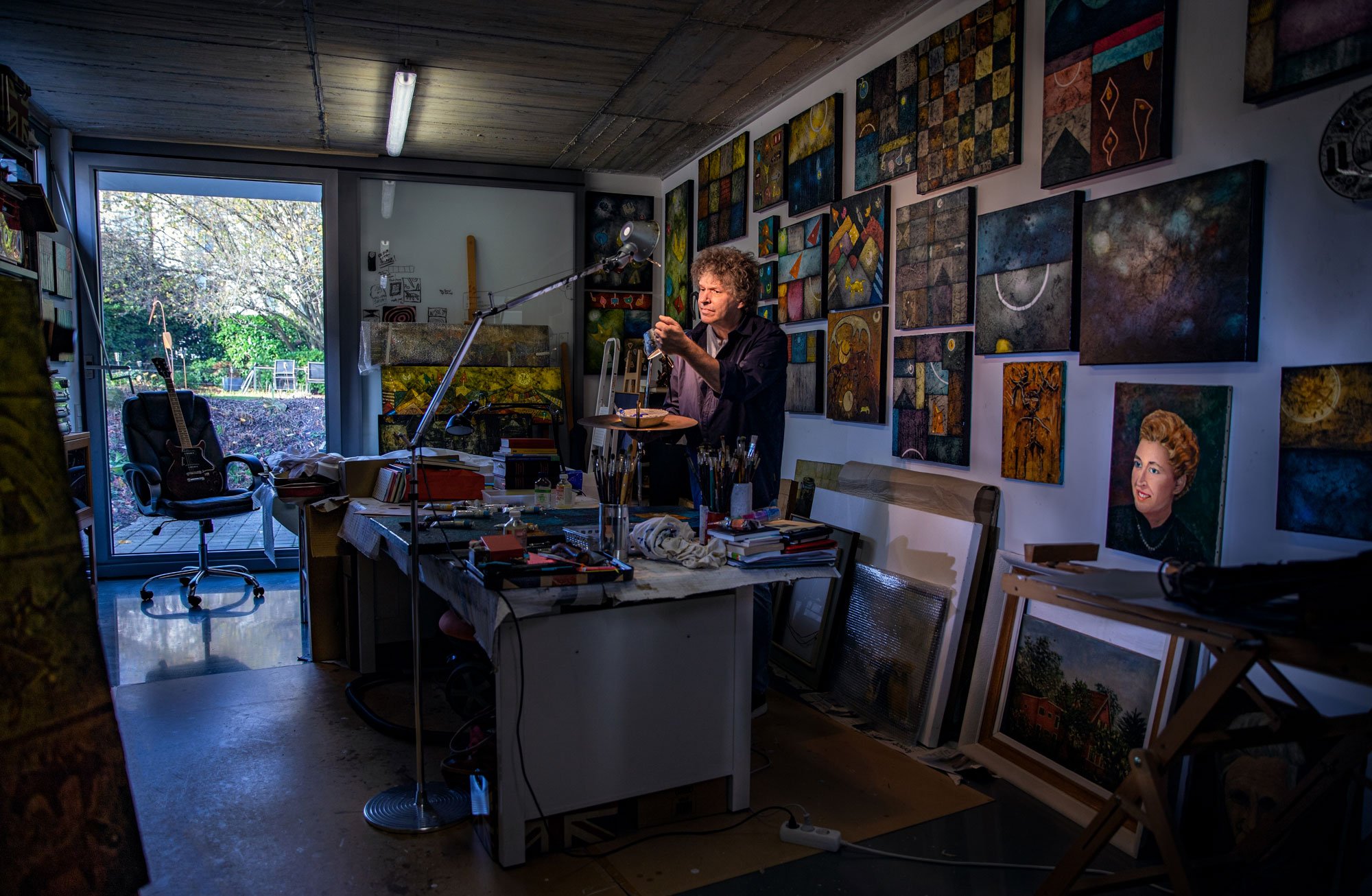
Magali Speicher photographed teacher, painter and author Jean-Marc Lantz. “He has found a balance in life through his love for craft and nature, but also with the right mix of satisfaction and always searching for the new,” says Magali.
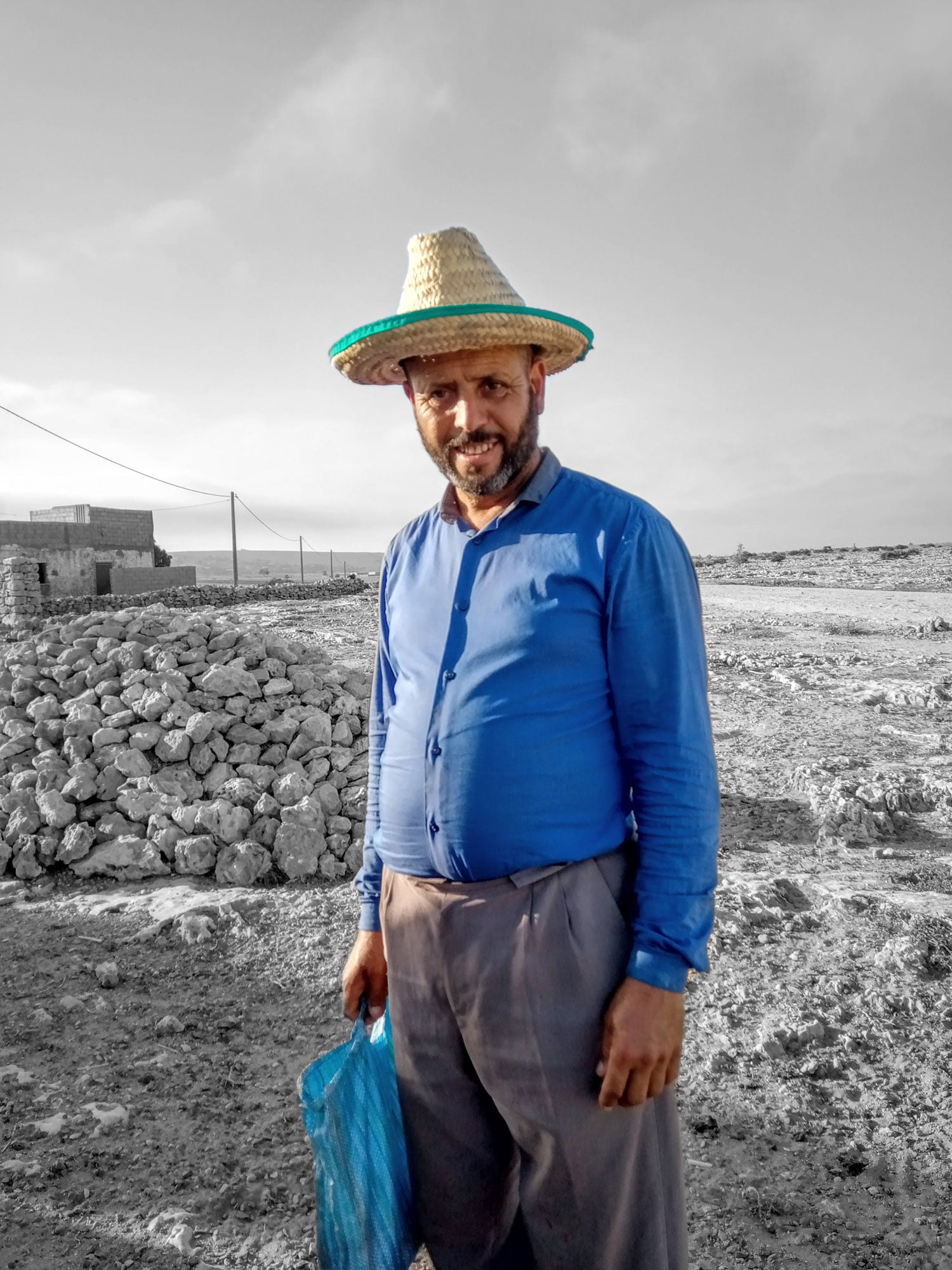
Laila Affane photographed El-Hachmi, a father to five who struggles and survives every day, but never complains. “All that he cares about is how he is going to feed his daughters and sons,” Laila says.
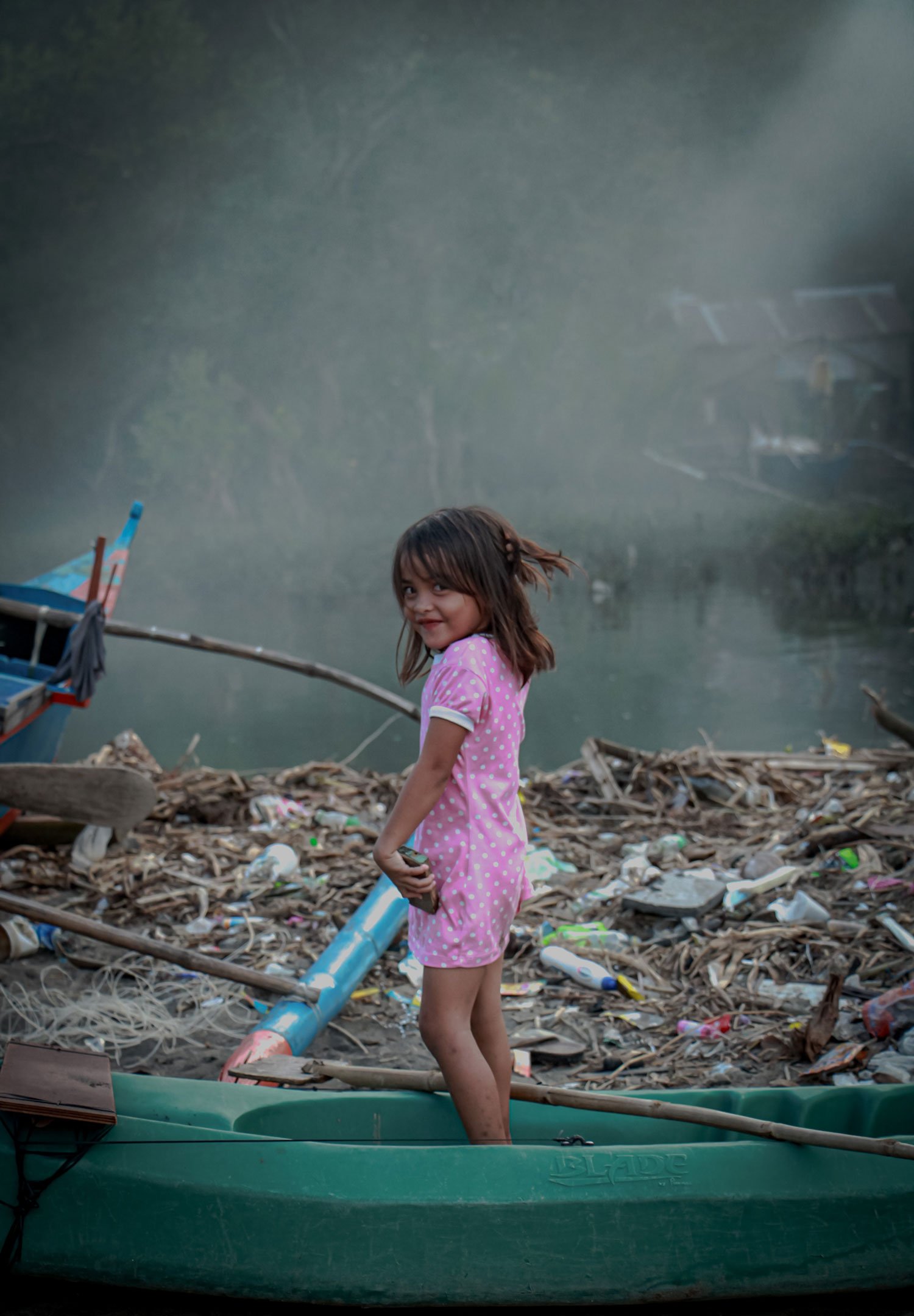
Alessi Lema photographed this little girl playing near her home by the beach in the Philippines.
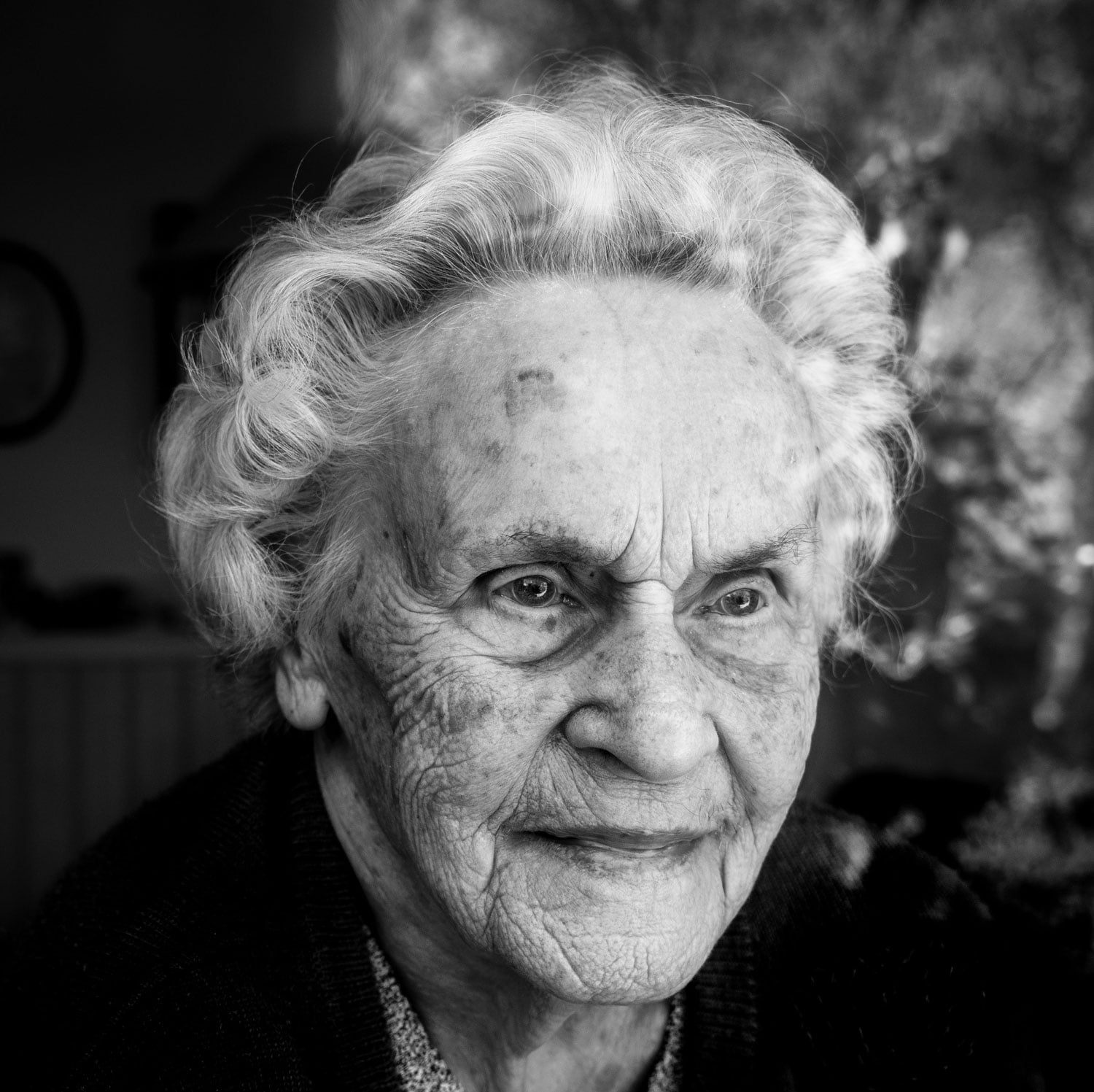
Rachel Corner photographed her 99-year-old neighbour Lies Kruse (through a window, due to Covid-19). When Rachel’s family first moved to their village 43 years ago, not everyone welcomed them. But Lies’s family did. “They showed interest in who we were and where we came from. Lies is a wise woman with an open heart and she managed to calm the hostile attitude towards us.”
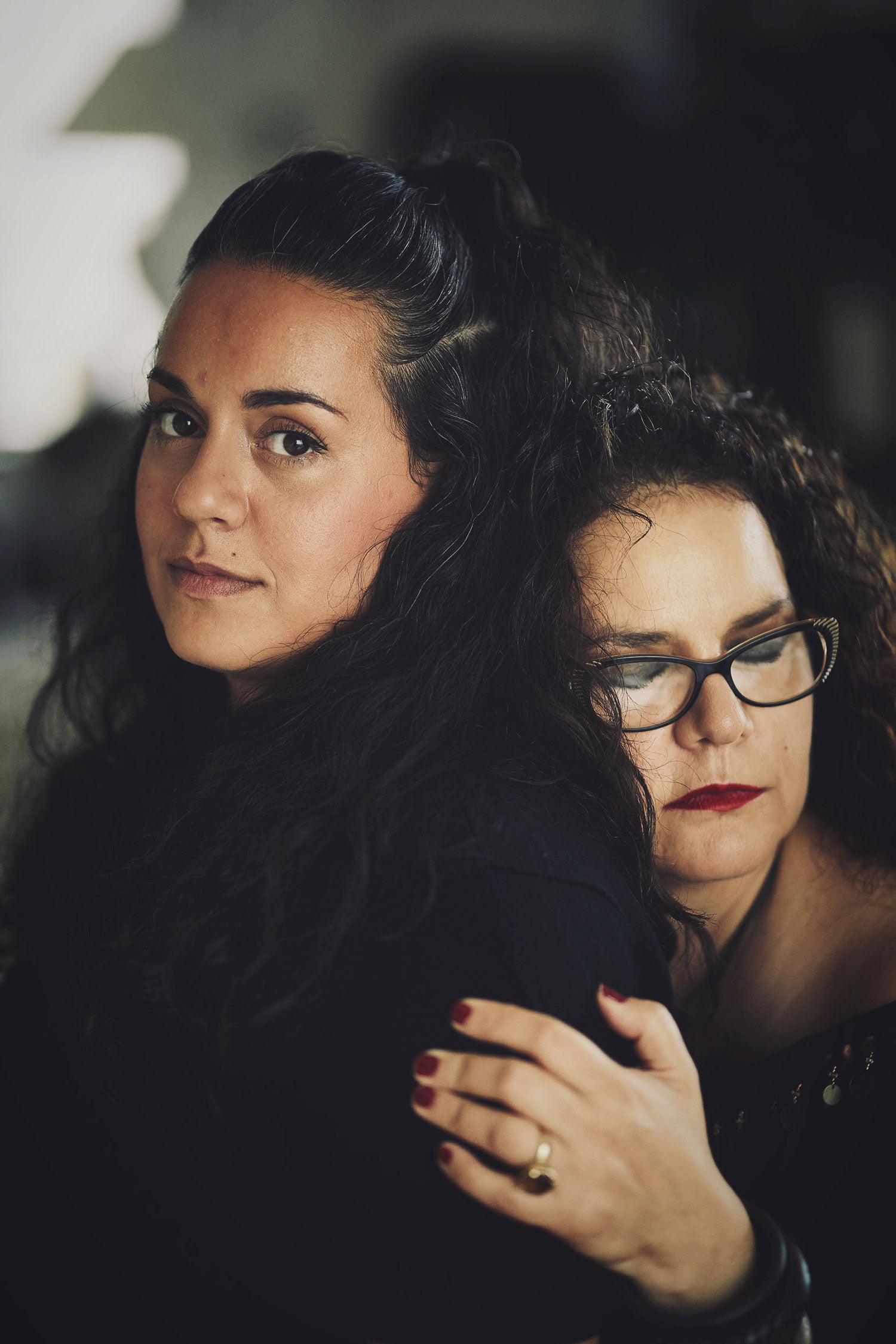
Andreas Bro photographed Mozhgan (right) and her daughter Yalda (left). Mozhgan initially had a hard time accepting it when her daughter told her she was gay. She was raised in a culturally and religiously conservative society, where homosexuality is not widely accepted. But she soon realised her daughter’s happiness was what mattered, and now supports her 100%.
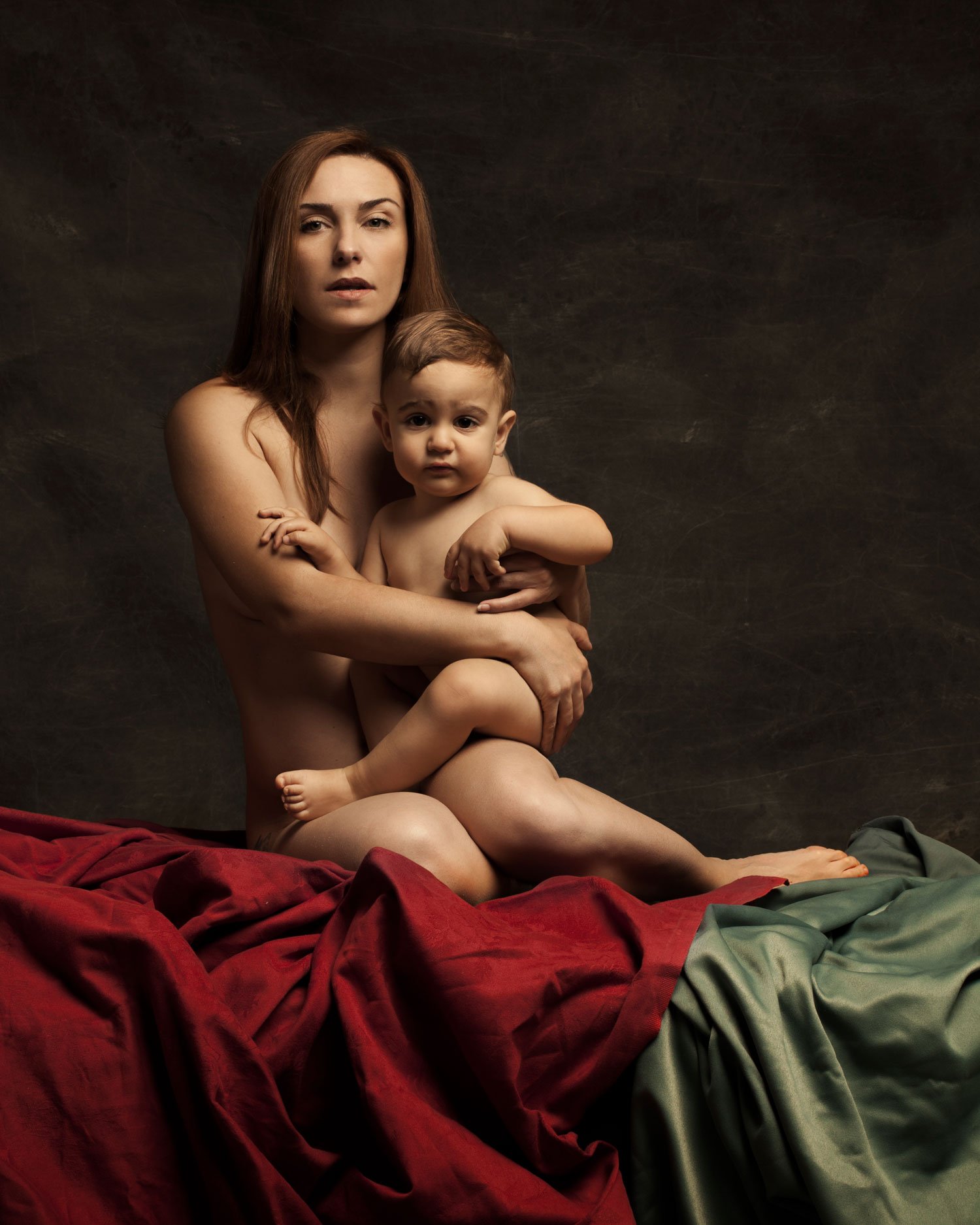
Sara El Beshbichi photographed Jessica Resteghini (with her son Roberto) who was diagnosed with breast cancer and created a video journal, which helped bring together a community of people living with cancer. “After three years, therapies, mastectomies, and therapies, she’s still filming, and fighting, and smiling,” says Sara.
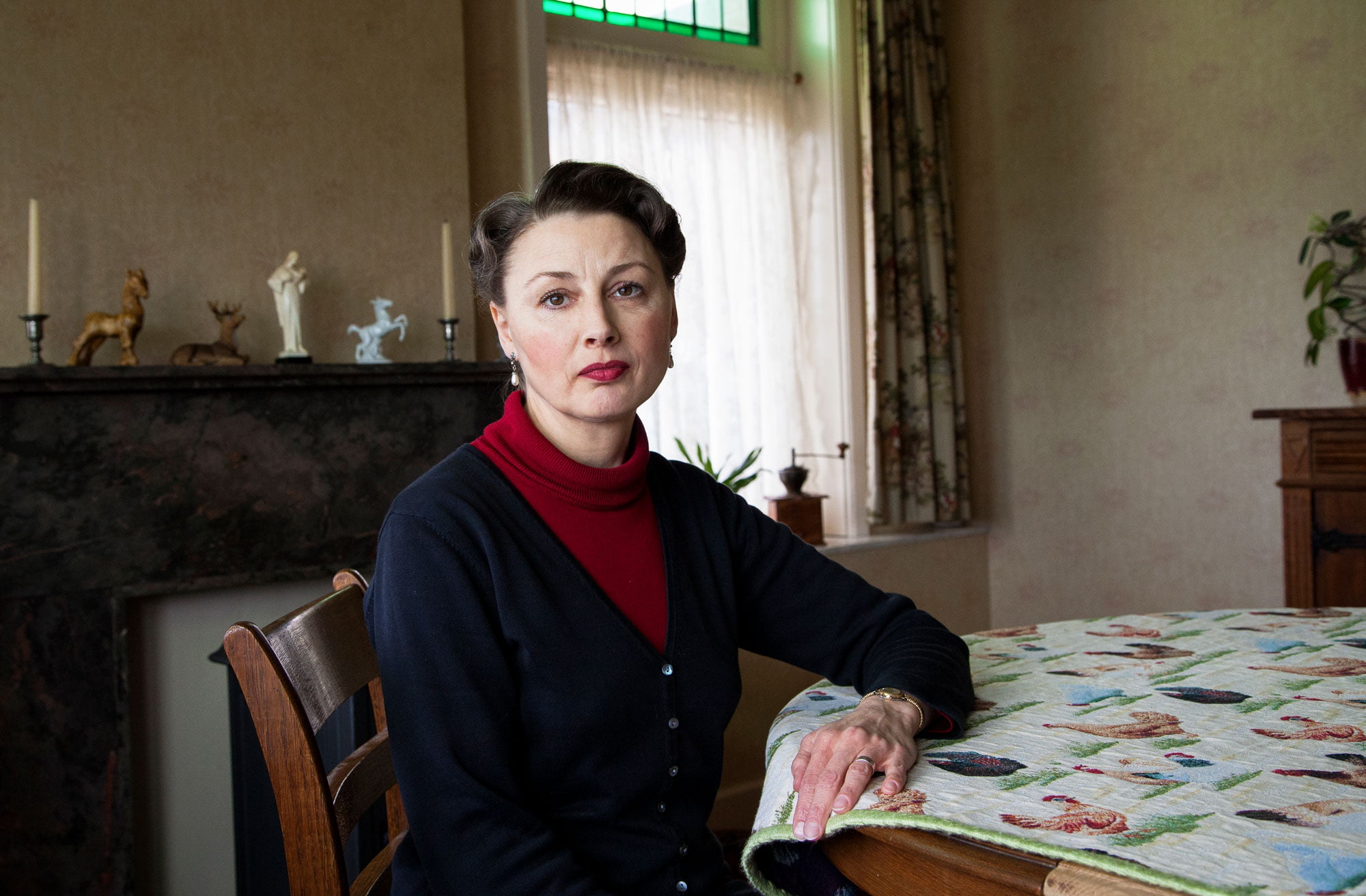
Carina Dolfing photographed Mrs Bol, who “seems to have stepped out of a film set from the 1950s”. “She looks this amazing every day. I believe she is a true changemaker and I admire her because she follows her own path every day,” says Carina.
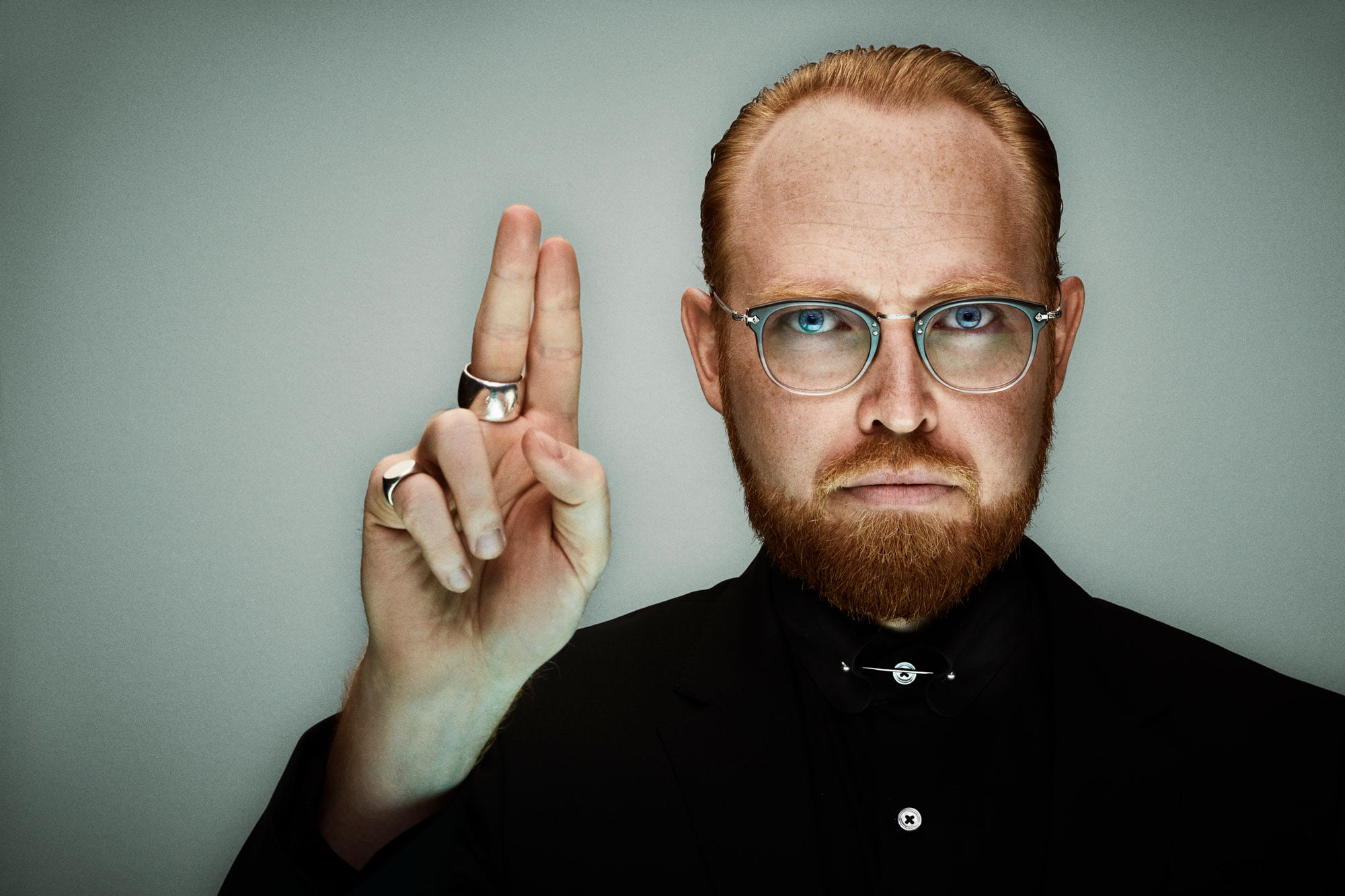
Søren Rønholt photographed the Danish mentalist and hypnotist Jan Hellesøe, who he says “explores new ways of thinking, believing, seeing and understanding the world”.

Søren Rønholt photographed John Guldberg and Tim Stahl, who together form the Danish electronic duo Laid Back. The pair have been pushing the boundaries of music since 1979.
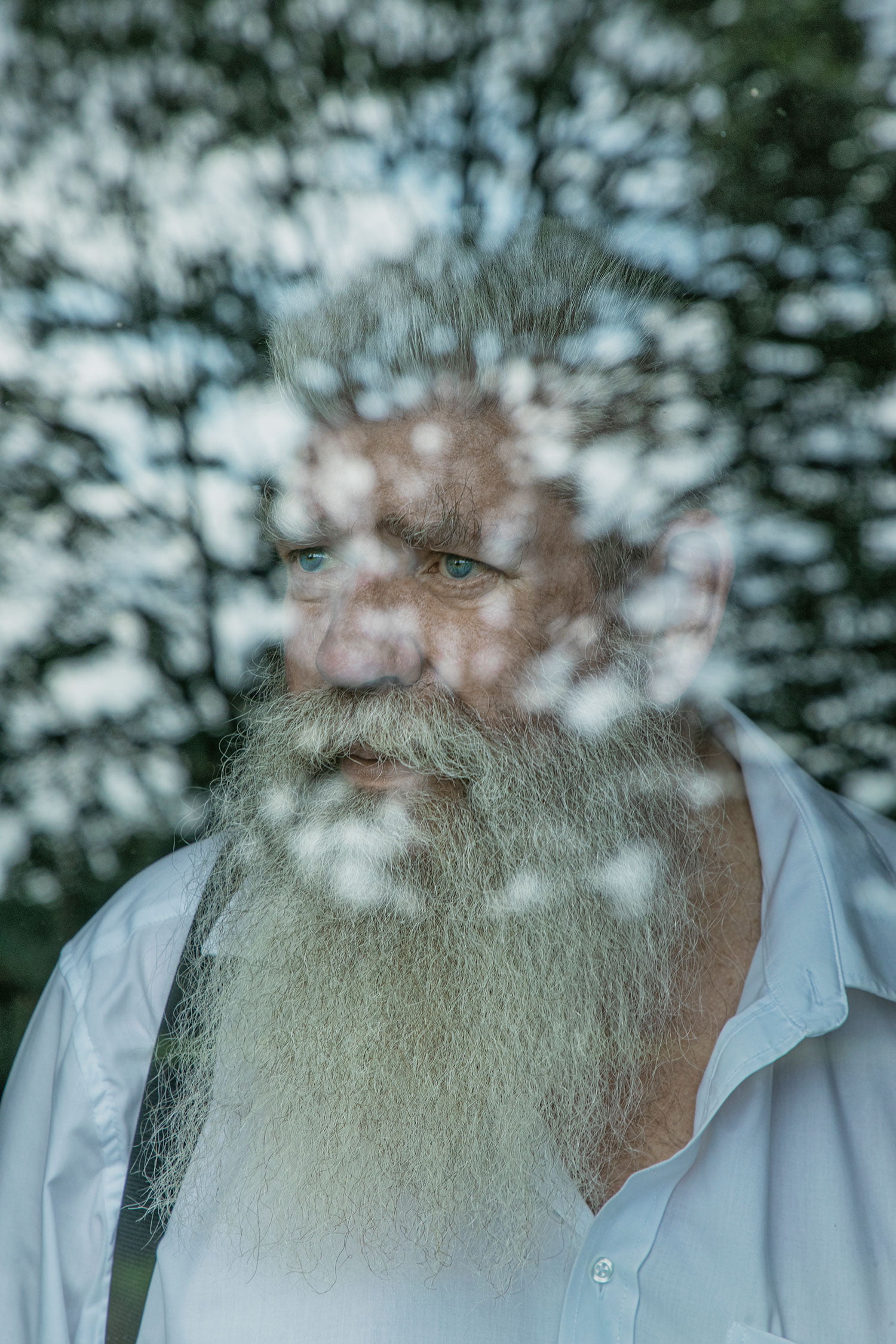
Per Morten Abrahamsen has entered two photos of Ingvar Cronhammar, who creates monumental sculptures that combine art and architecture.

Per Morten Abrahamsen has entered two photos of Ingvar Cronhammar, who creates monumental sculptures that combine art and architecture.

Per Morten Abrahamsen photographed Jakob Holdt, a Danish photographer who gained international fame in the 1970s for chronicling the hardships of America’s lower classes.
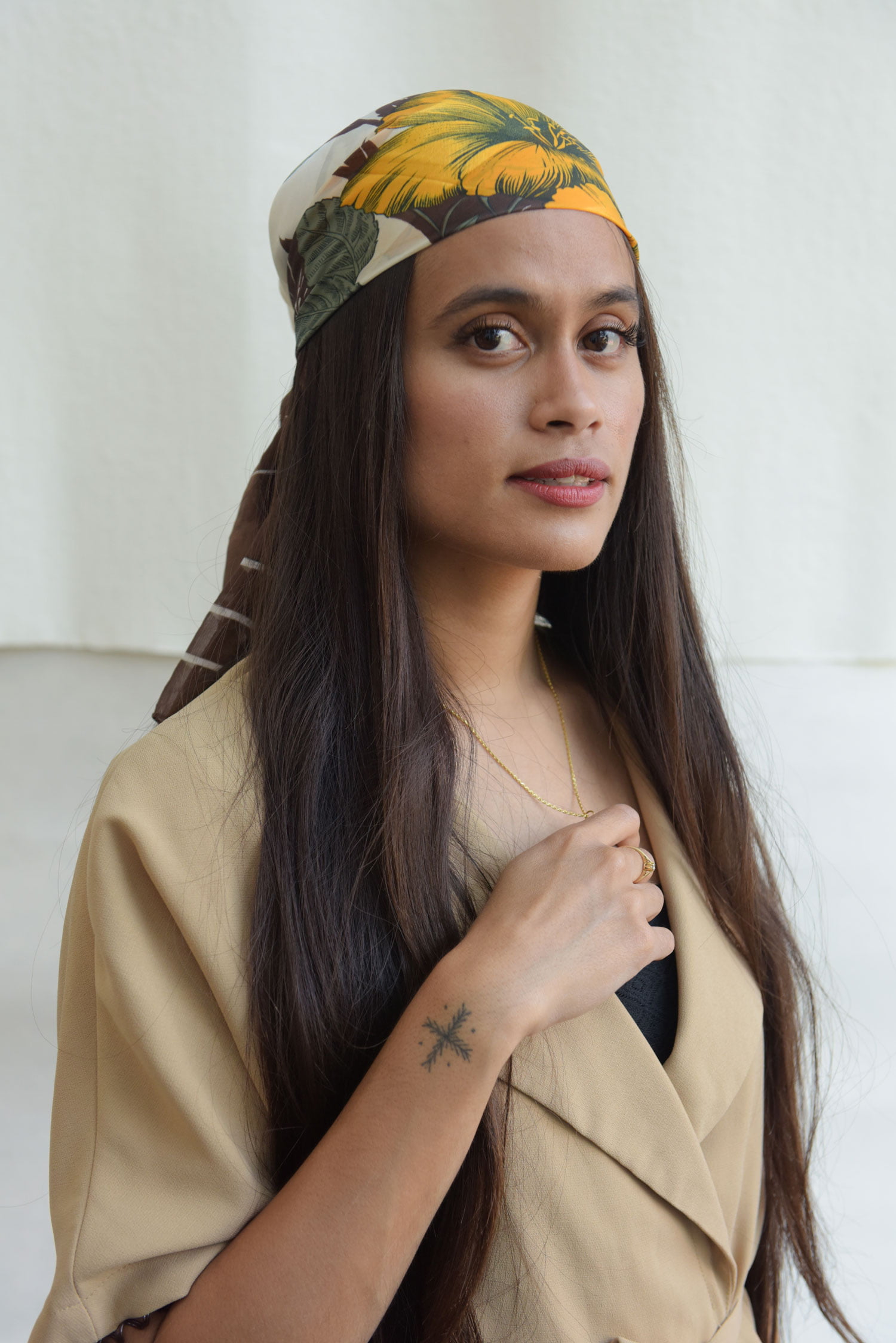
Diewke van den Heuvel photographed Glenda Pattipeilohy who campaigns to fight racism, and to protect the coastlines of the Moluccas in Indonesia.
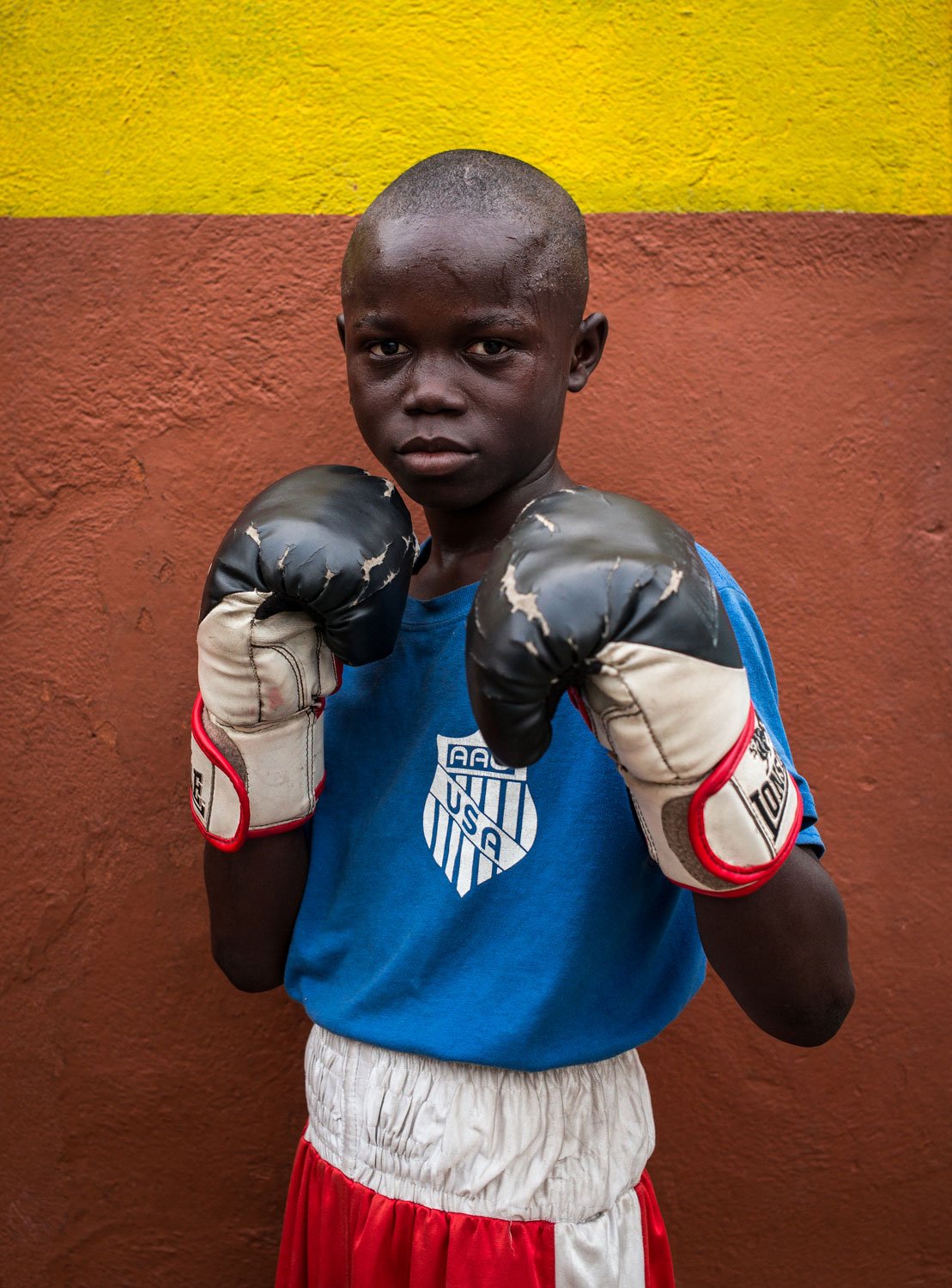
Antoine Jonquiere photographed Ebenezer Ankrah, 11, training at a boxing gym in Accra, Ghana. Accra has a strong tradition of boxing, which is seen as a ticket to a better future. With up to six hours of training a day, a strict diet and regular fights and competitions, all in the blazing heat, Ebenezer shows remarkable devotion.
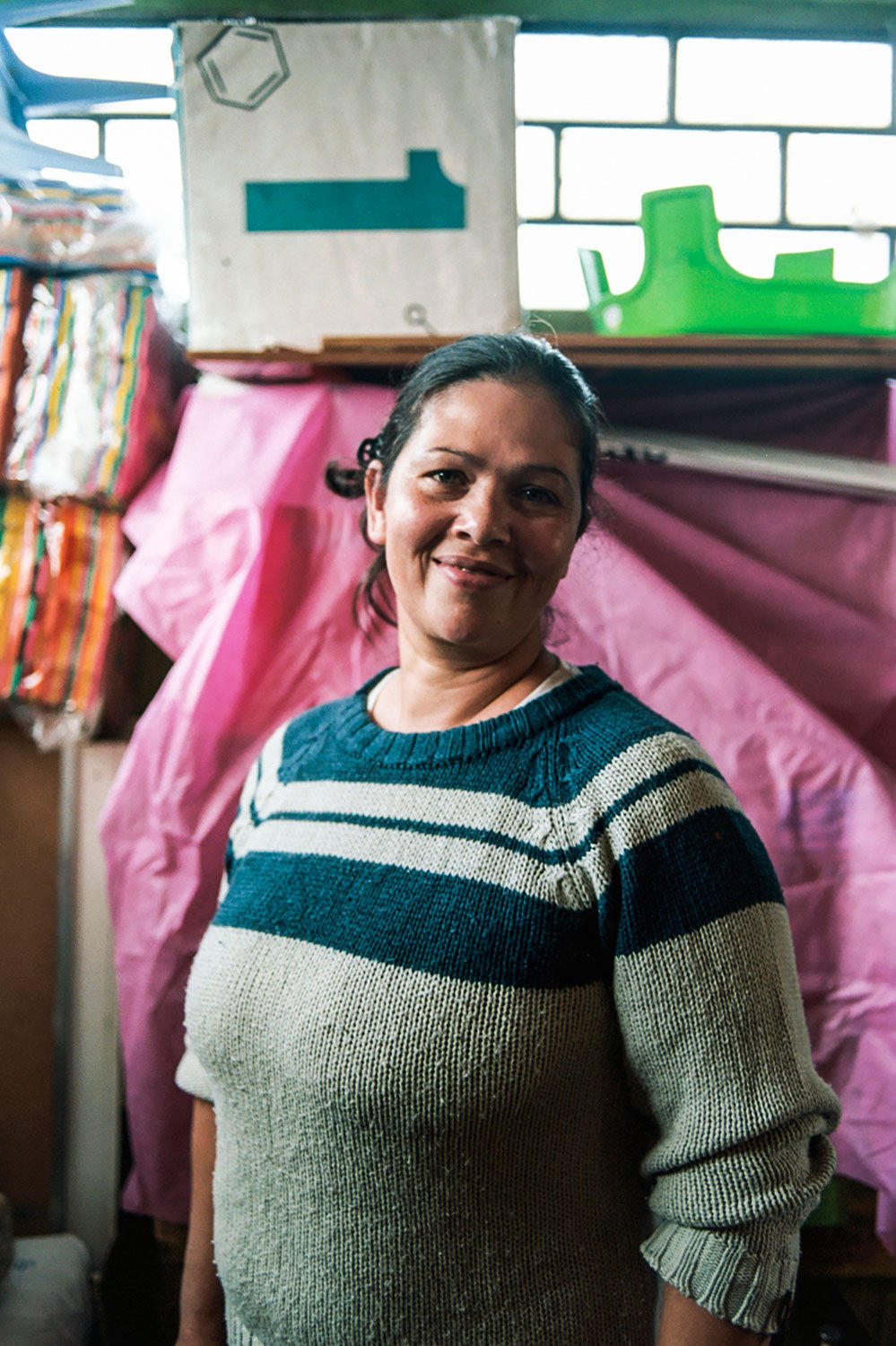
Analía Cid photographed Sole, a migrant from Paraguay who works in the soup kitchen of the civil association Los Amigos of Barrio Sarmiento. After losing her job as a result of lockdown, she began selling corn she ground in her backyard.

Greg Gulbransen photographed Shane Johnson, a former senior member of the Ku Klux Klan, who left the group. He is now a preacher who denounces hate and helps prisoners and gang members turn their lives around.
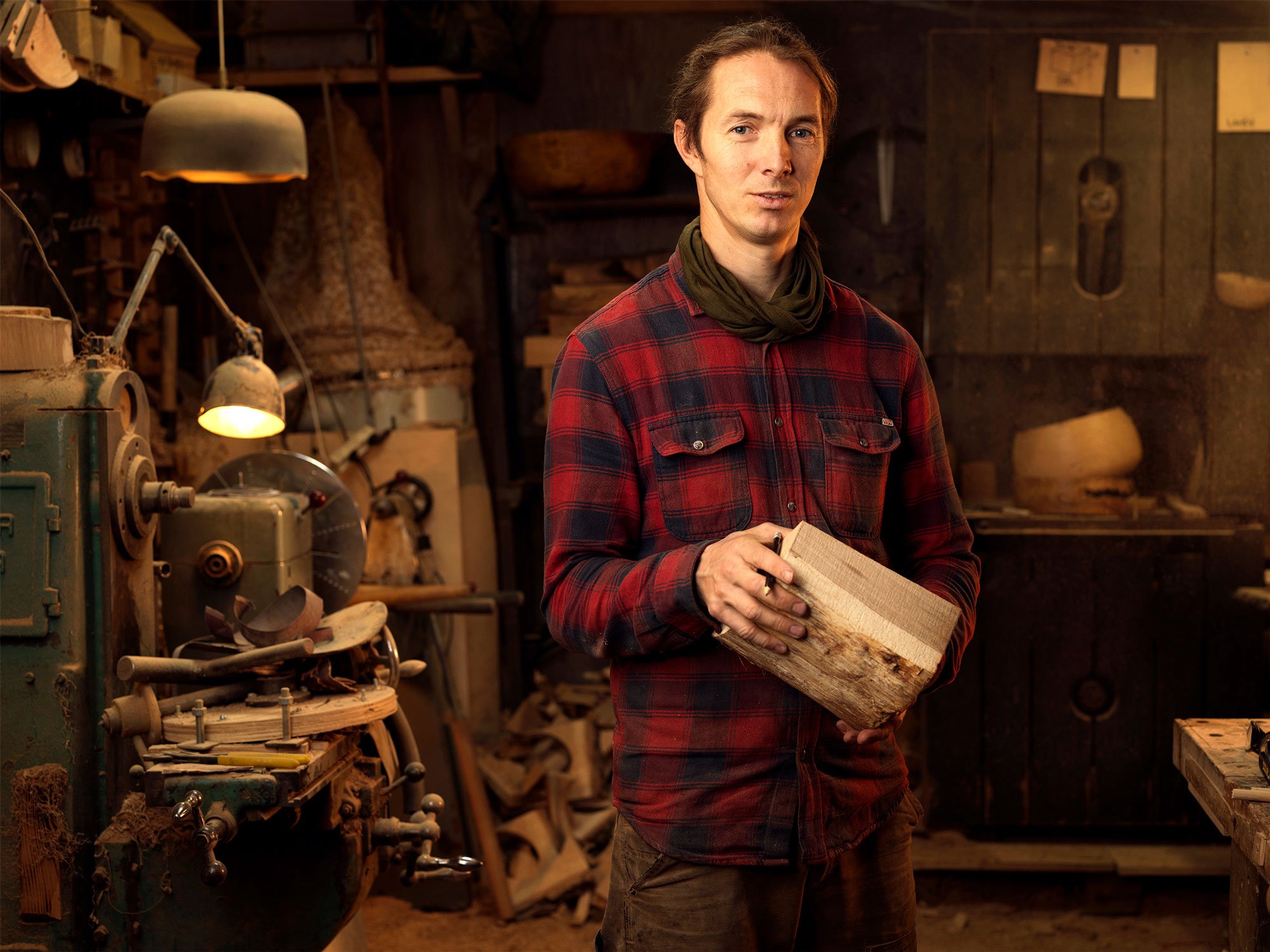
Pernille Ringsing Gallaus photographed Mikkel Karlshøj, also known as the Wood Hunter. Mikkel collects oak trees that have been rejected by the timber industry, and turns them into beautiful objects.
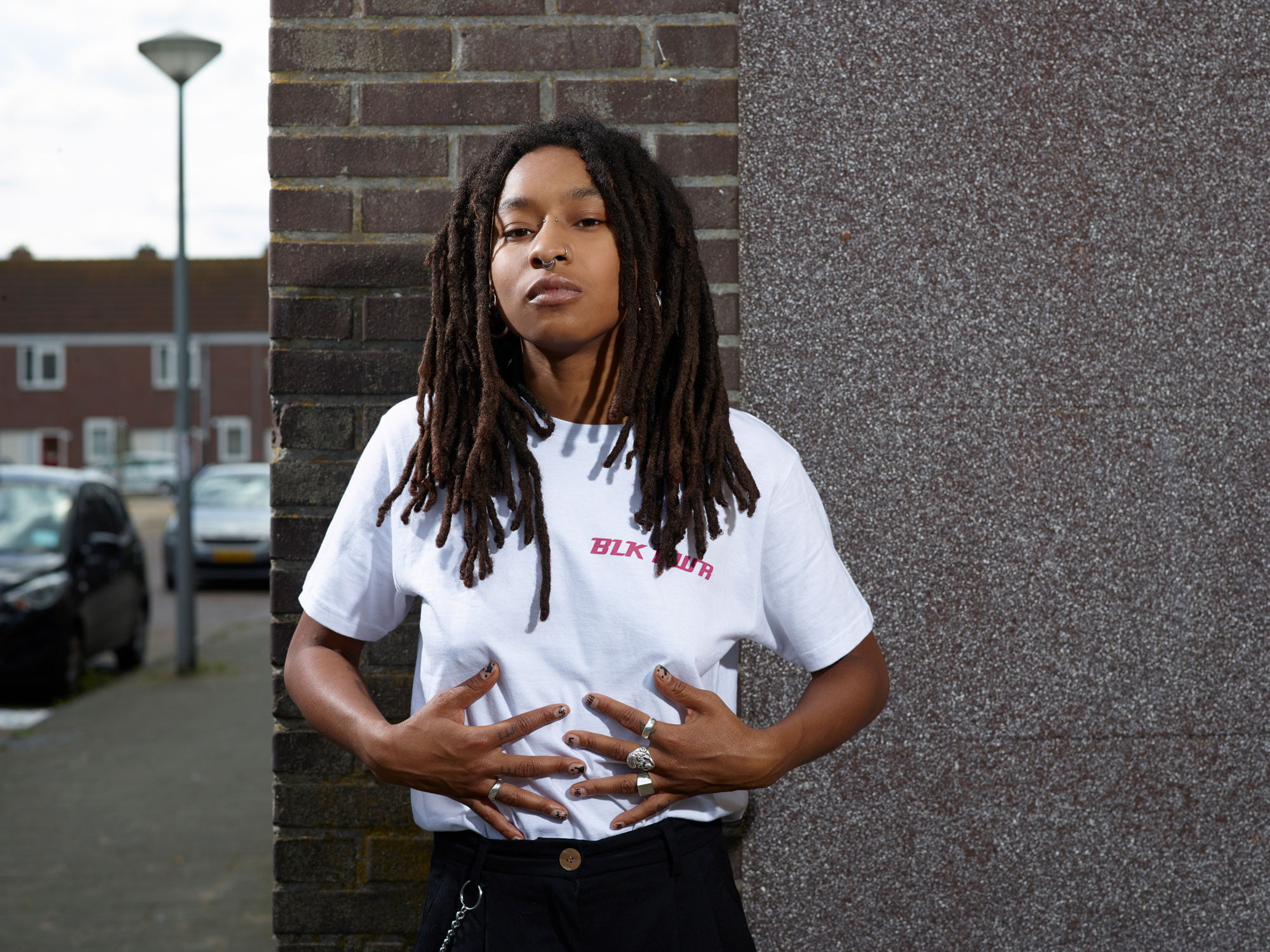
Annabel Oosteweeghel photographed performance artist and activist Naomie Pieter, who recently won an award from the Dutch political party GroenLinks for her commitment to the queer community in Amsterdam.
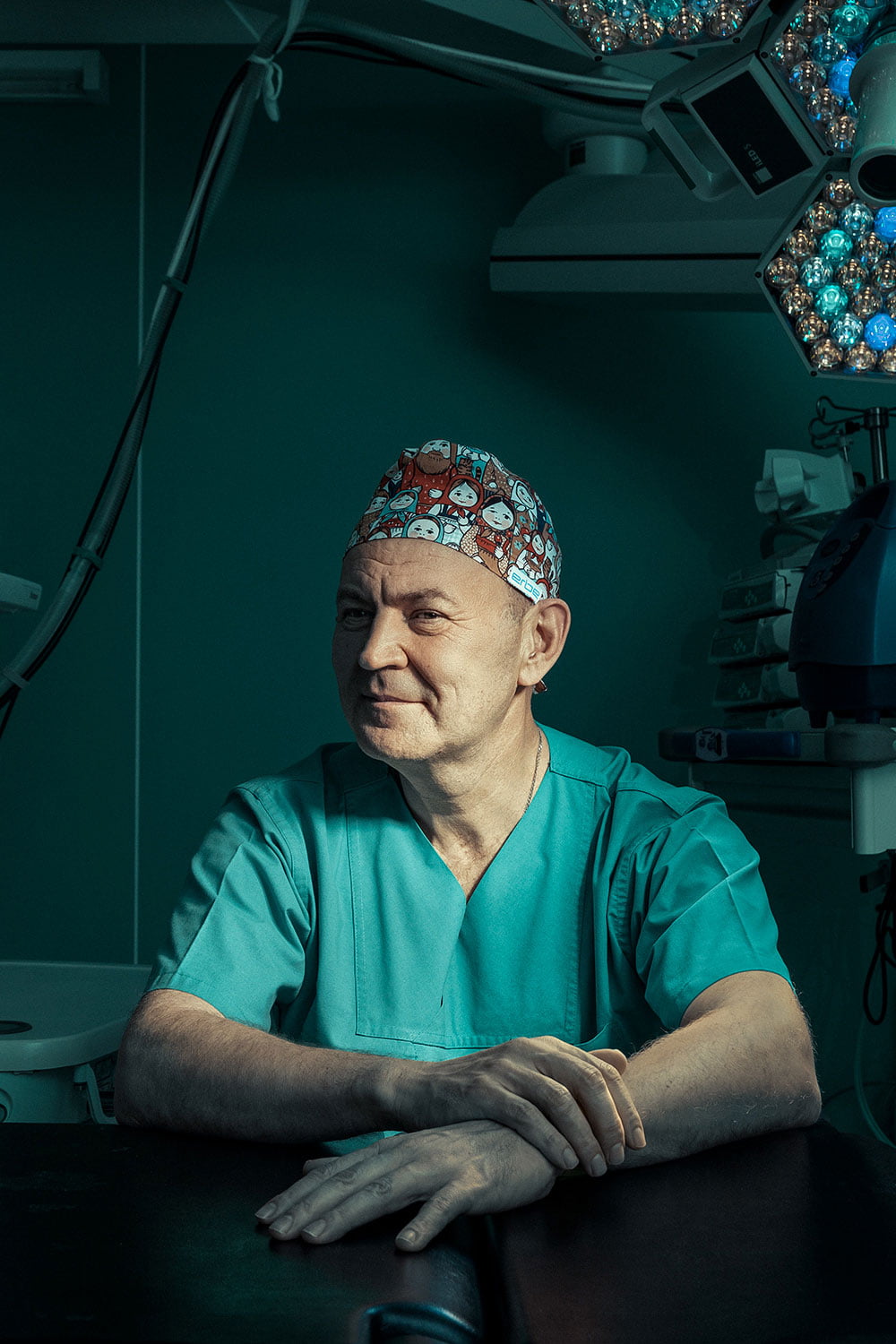
Albert Faskhutdinov photographed pediatric surgeon Yury Kozlov. Yury has saved the lives of countless babies and has developed new ways to treat malformations of internal organs. This year he and his team were the first in Russia to operate on a spinal hernia without an incision in the uterus.
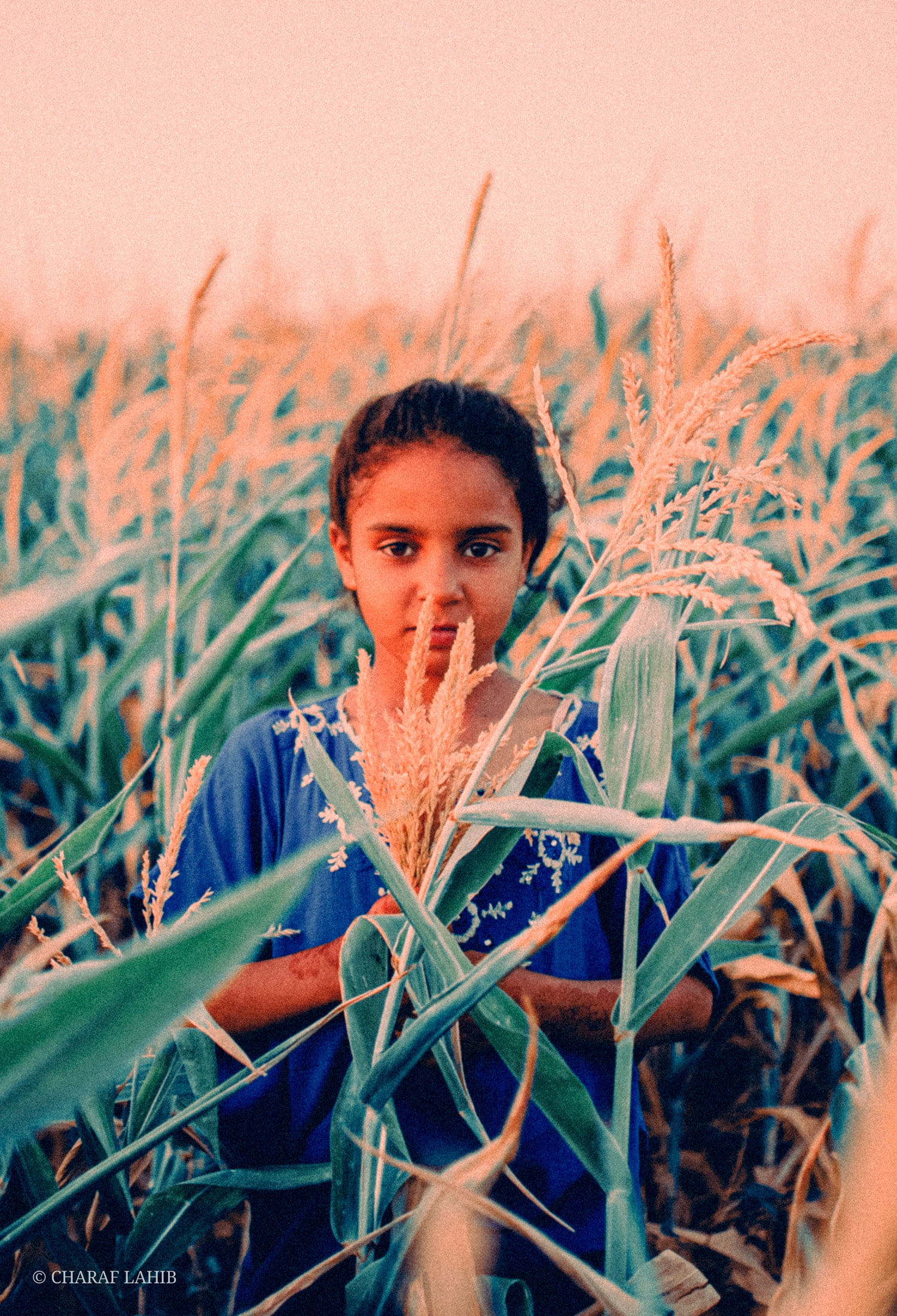
Charaf Lahib photographed Chaimae, a young girl living near El Kelaa des Sraghna in Morocco. She fits in school and homework around getting up early to milk the cow, and tending sheep.
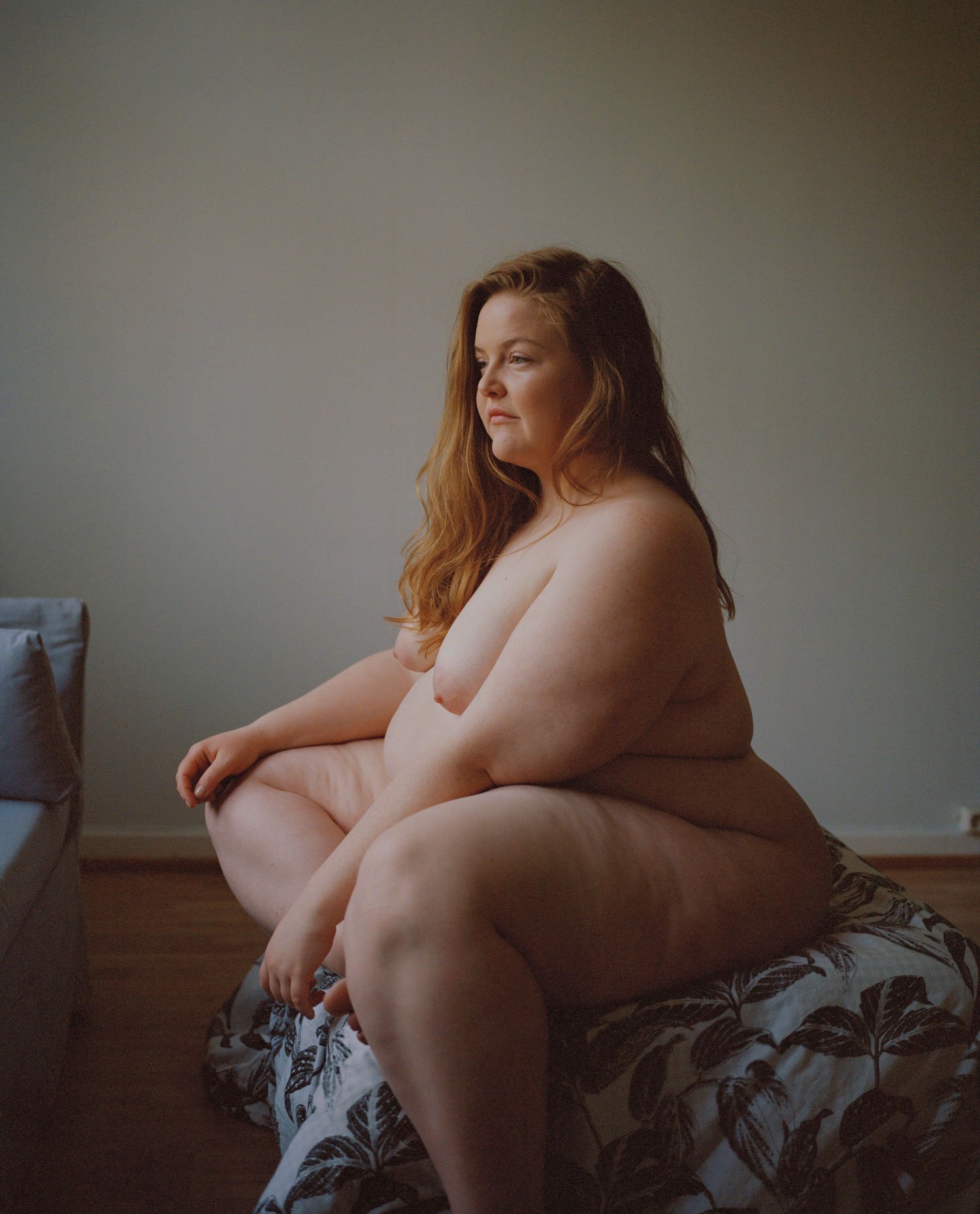
Marie Hald photographed body-positive advocate Marte Nyman, who works to help people realise that they have the right to be happy and live life to full, no matter what society says about how they look.
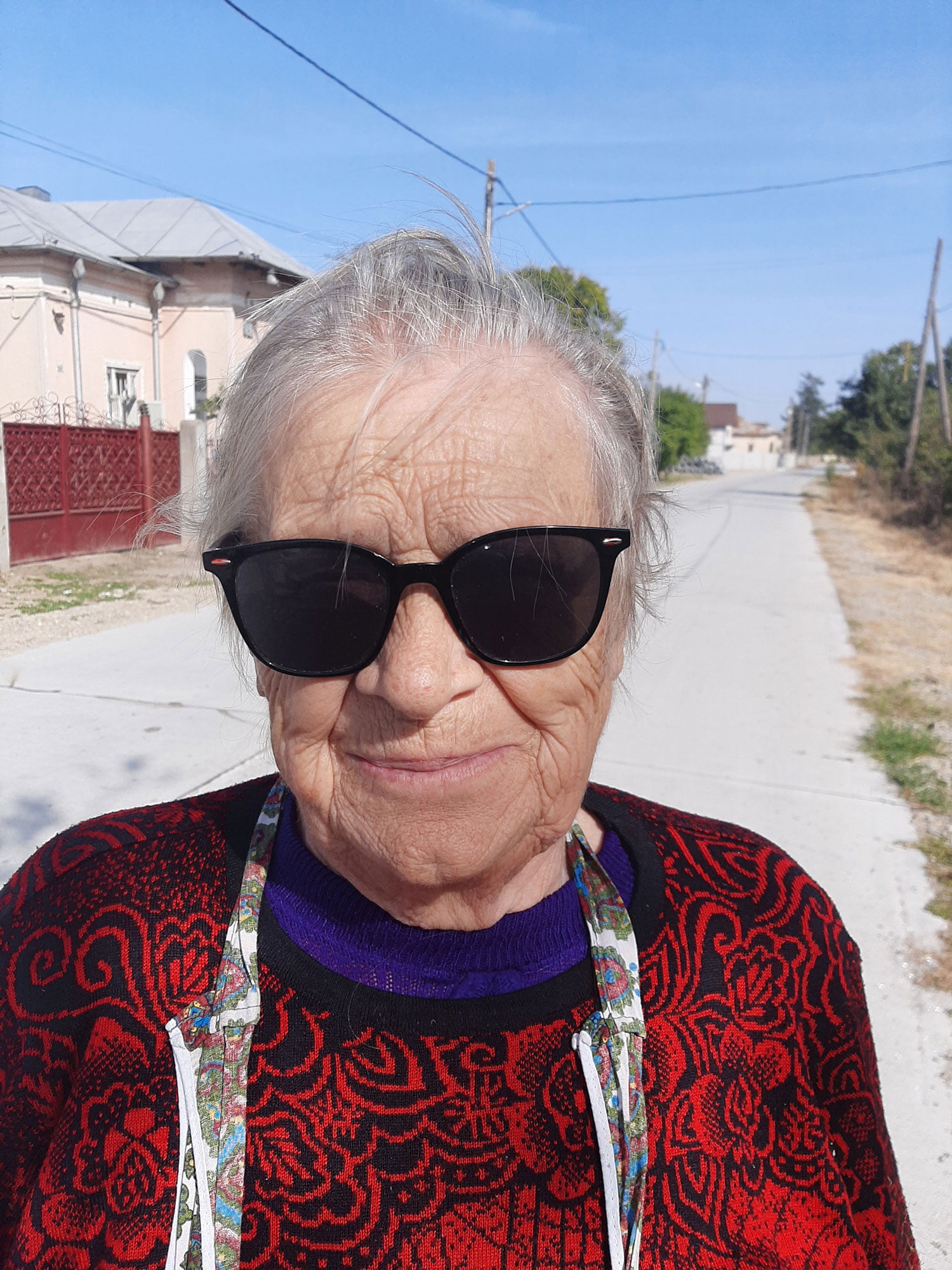
Diana Chiosa photographed her 82-year-old grandmother Elena Stănescu, who she says taught her the power of education. Elena insisted on going to high school, despite resistance, and went on to become a water technician, while also raising two kids. “She changed me, my reality before I was even born, by the path she chose,” says Diana.
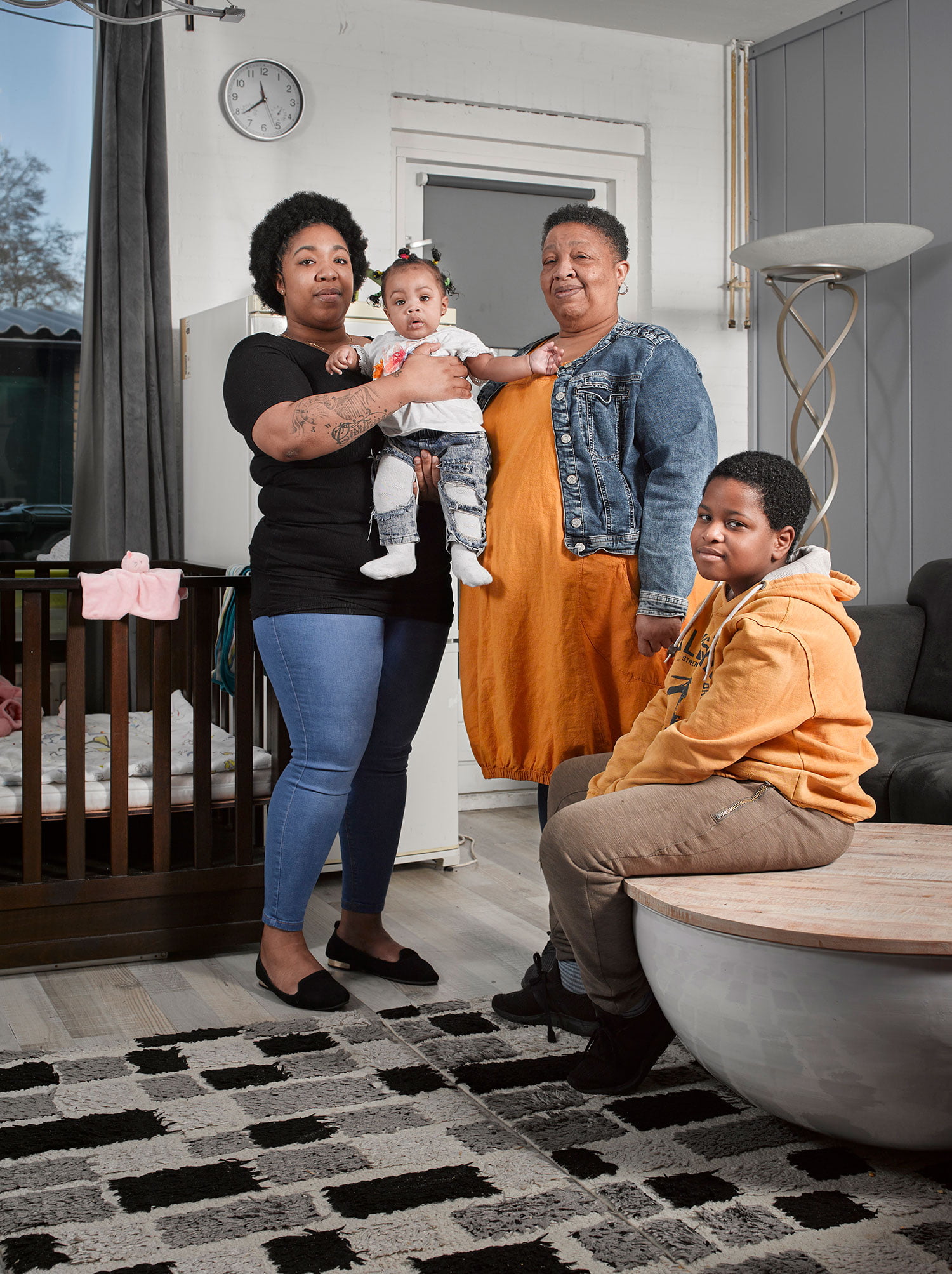
Bram Tackenberg photographed Dushi (real name Marian), a mother and community cook in Gouda, the Netherlands. She volunteers in a community centre, and during the pandemic has continued cooking from home, for up to 50 people a day.
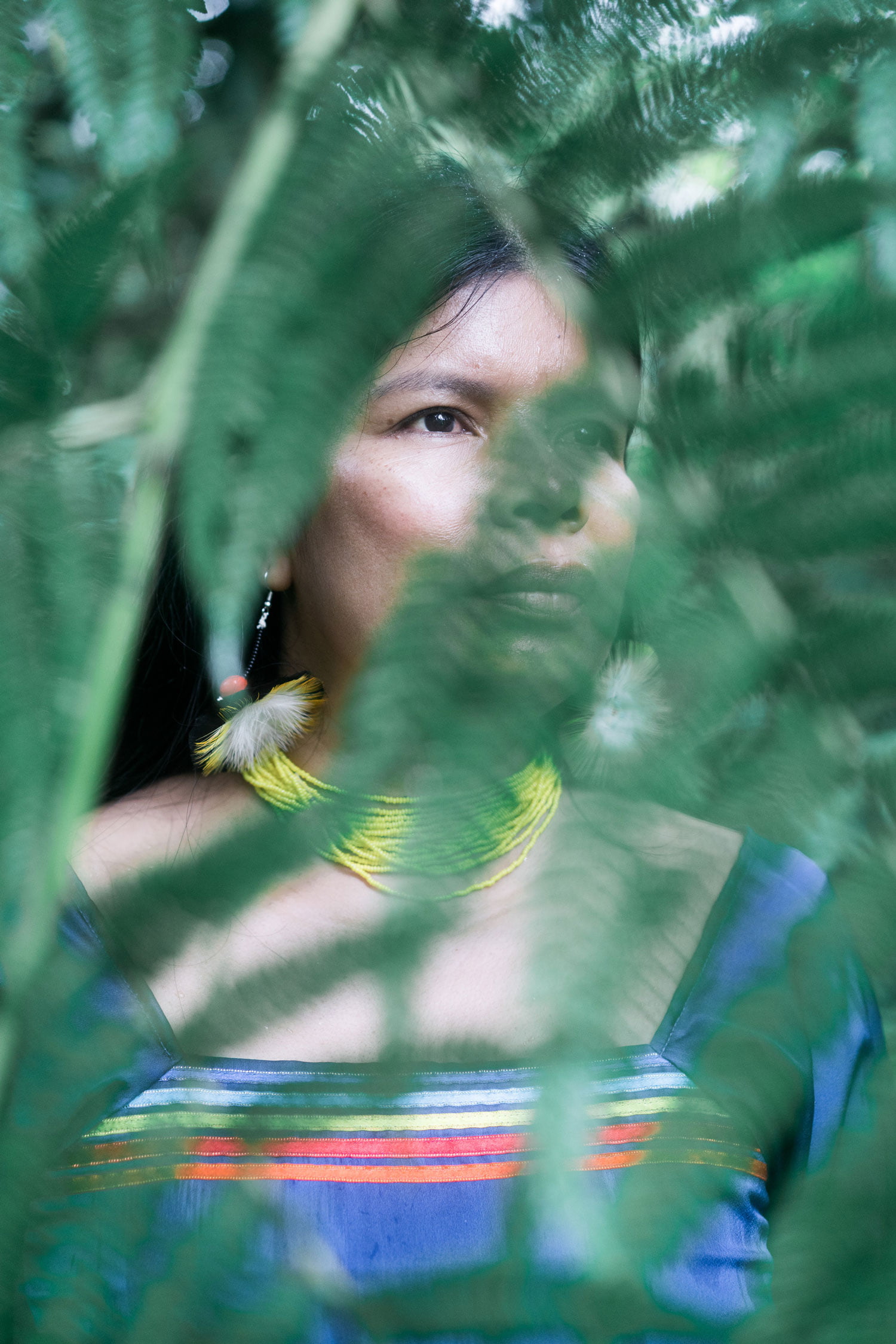
Misha Vallejo Prut photographed Patricia Gualinga, an environmental activist and leader of the indigenous Kichwa community of Sarayaku, who is fighting the government of Ecuador to keep oil companies out of the rainforest.
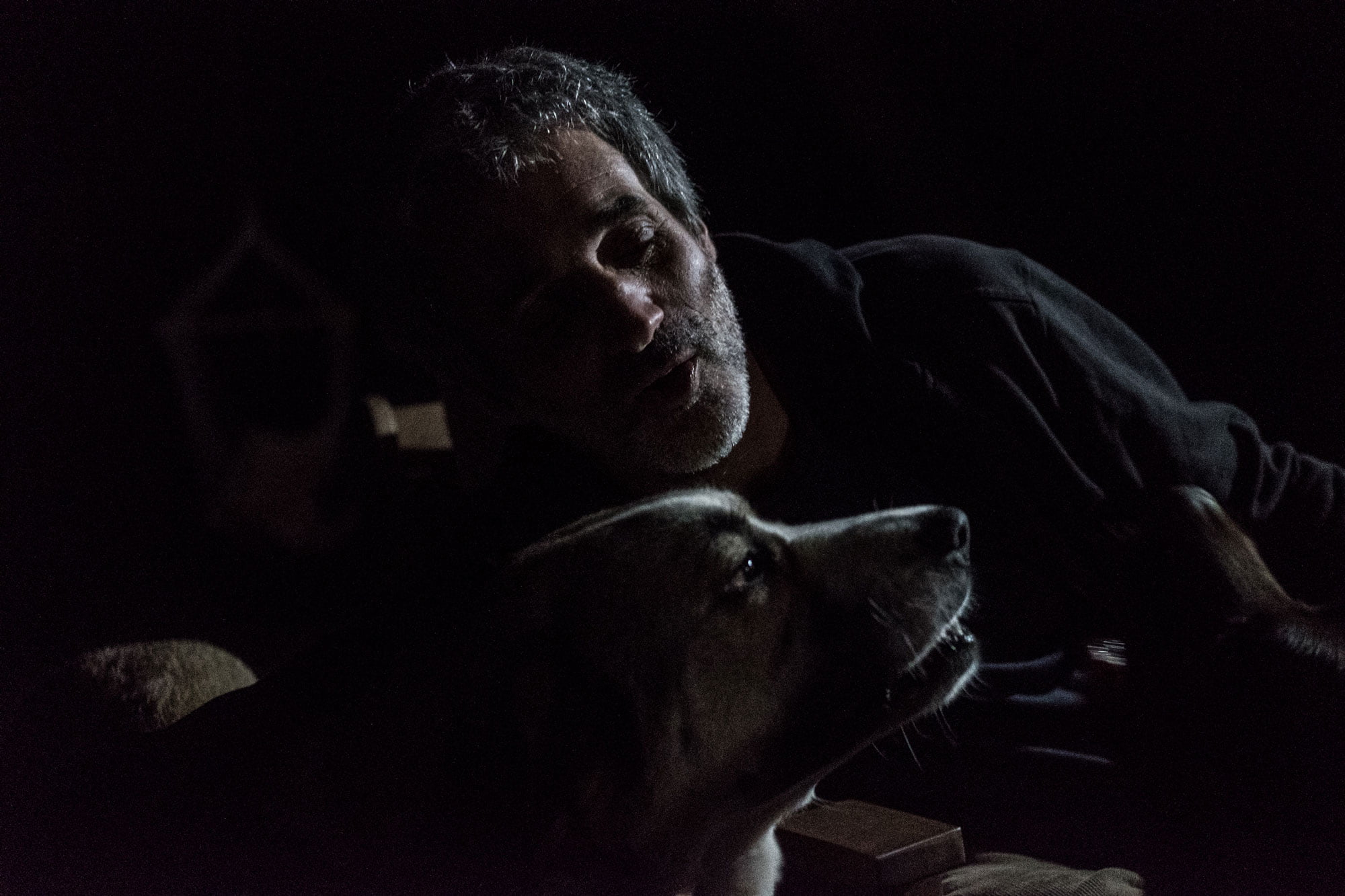
Sanne Derks photographed Didac Costa, a sociologist and activist who is creating an eco-community in a national park in Catalonia. Costa believes in a world where everyone is free and equal. “Every little step in the right direction is bringing us closer,” he says.

Ilana Rose photographed the award-winning Australian TV presenter and gardening guru Costa Georgiadis (and his hen, Awesome). Gardening is “an act of hope in an uncertain future”, says Georgiadis, who presents Gardening Australia.
The contest is now closed for entries and you can vote for the winner of the 5 Community Prize here.

